How To Grip Your Pistol, And Why It Matters
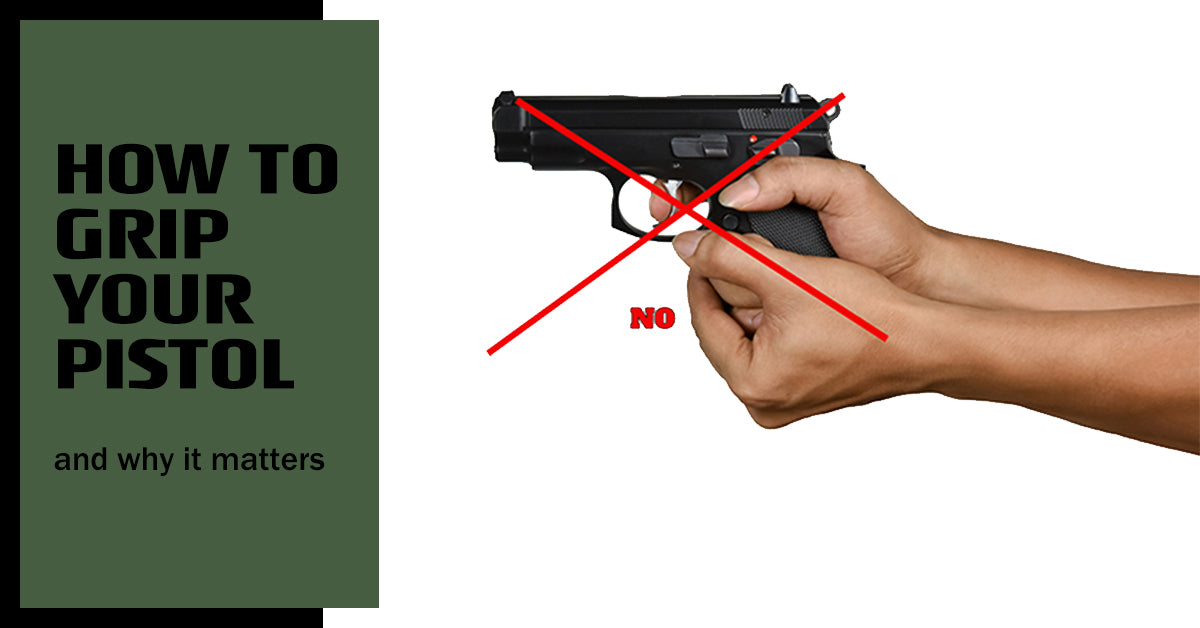
Far too often we hear people say something like, “that may be a good grip for you, but people should grip the gun in whatever way feels most comfortable to them.” If you’re plinking tin cans off a fence post, this may be great advice. However if you’re trying to stop a tweaked-out, violent attacker from slicing you up, establishing a comfortable grip is likely not tops on your to-do list.
In an attack, your goal is to stop the threat as quickly as possible. And contrary to the ballistics lessons taught in Clint Eastwood movies, this doesn’t happen with one shot, or just from pulling out the gun. It happens with multiple, well-placed hits on the attacker. The way you grip your gun is the major driver of how fast you get these impacts on the attacker.
And this is why your grip is important.
In order to understand why the way you grip your gun is important, we have to have a solid understanding on how a gun cycles when being shot. When the round is fired, the slide moves quickly rearward, slamming into the rearmost position. This causes the muzzle end of the gun to rise. Then springs in the gun cause the slide to return forward where it slams into place causing the muzzle to dip slightly.
To shoot quickly you need to minimize this muzzle movement because you can’t shoot accurate shots if your muzzle is off-target. The “thumbs forward” grip is the most widely used grip for defensive and competition shooting with semi-auto handguns.
Let’s discuss the best method of establishing this grip on your bottom-feeder pistol:
When establishing your grip, it’s helpful to think about how the gun moves and how we can use our hands to counter those movements. To start, the web of the dominant hand should be as high on the backstrap as possible without interfering with the slide’s movement to the rear.
The dominant thumb should be on the opposite side of the grip from the four fingers. The four fingers on the dominant hand should grip the pistol in a way that allows the index finger to naturally rest on the trigger. You should not have to reach for the trigger. Ideally (but not always possible), your trigger finger should rest somewhere on the first section of your index finger. The purpose of this is to allow your index finger to squeeze the trigger straight back and not to one side or the other.

The other three fingers, including the pinky of the dominant-hand, should be providing consistent rearward pressure. Think of squeezing the gun toward the palm of your hand. If you look at the diagram, you can see that if you want to counteract the rise of the muzzle, the pressure at the bottom of the grip (your pinky) gives you the most leverage.
Your support hand is also important so don’t miss its role. First, point the thumb of your dominant hand straight up. When you do this, you will leave some of the grip exposed on the support side of the grip. The goal is to get as much hand-to-grip contact with your support hand as possible. Place the heel of your hand on the exposed portion of the grip. With your thumb extended, rotate your support hand so that your support thumb rests parallel with the slide.
At the same time, your four other fingers should overlap the dominant hand knuckles and lock them into place. Try to get your support hand index finger as high under the trigger guard as possible. Now allow the thumb of the dominant hand to rest on top of the support hand. Do not allow the dominant hand thumb to go under the support side palm.

When you extend the gun out to the target at eye level, the support hand thumb will be pointed toward the target. Ideally, you should see a straight line beginning at your thumb and extending through your arm.
Another way to confirm you have it right is to straighten the four fingers on the support hand. They should all point at about a 45-degree angle to the ground. If these fingers point toward the target, rotate your support hand until you achieve the 45 degrees and the straight line through the support side hand and arm.
You can also check to see if you have nailed it by keeping your support hand on the gun and removing your dominant hand. You should have a firm grip on the gun without gaps between your hand and the gun’s grip.
A lot is made about how much, or the distribution of, grip pressure. Ideally, you want to provide 360-degree pressure around the grip. The more pressure the better, but only to a point. When it comes to your dominant hand, too much starts to make the trigger finger also start applying grip pressure and that will cause accuracy issues.
As far as the support hand is concerned, apply as much grip pressure as you can, without causing your hands to shake. Apply the grip in the same way as if you were trying to crush a can of pop. Something you may notice if insufficient support hand grip is given, is your shots drifting to the side. So, make sure you’re putting the support hand to use whenever possible.
If you don’t have a strong grip you’ll find that it may be harder to manage the recoil as you shoot your gun. Something you can do to help your grip out is to build up your hand strength with exercises. There are also a plethora of products available to enhance your gun’s grip, like adhesive grip textures or stippling your gun’s grip to your desire.
With your new grip, you should be managing the recoil better and your rapid-fire groups should be getting tighter. It may take some getting used to, but with proper live and dry fire practice, all the pieces of the puzzle will come together.

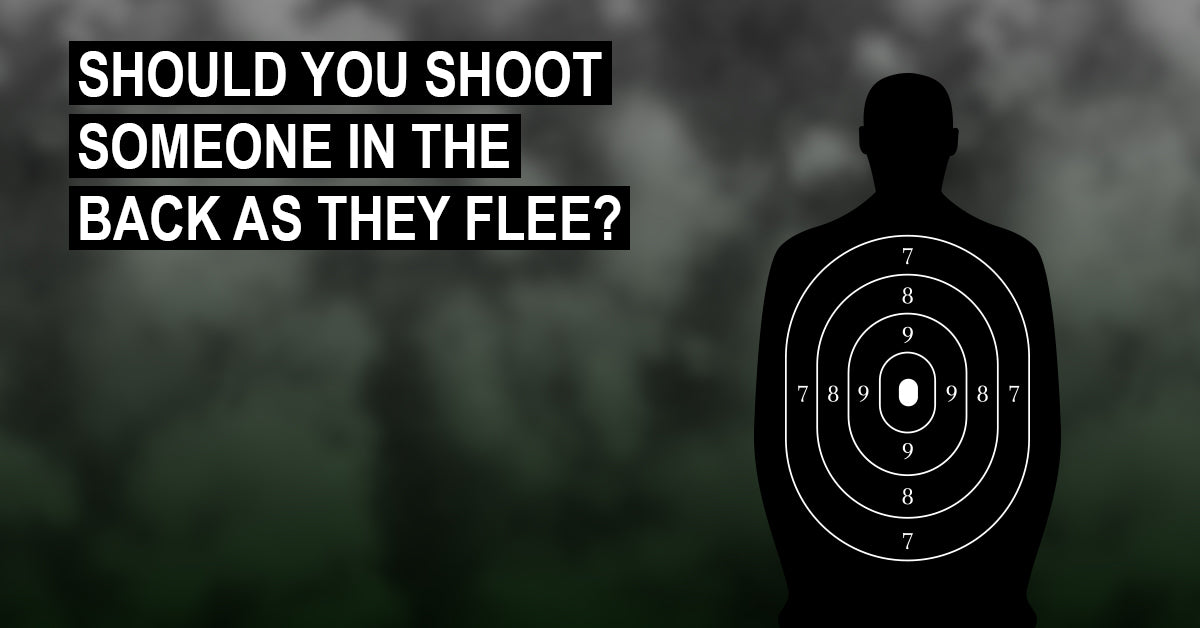
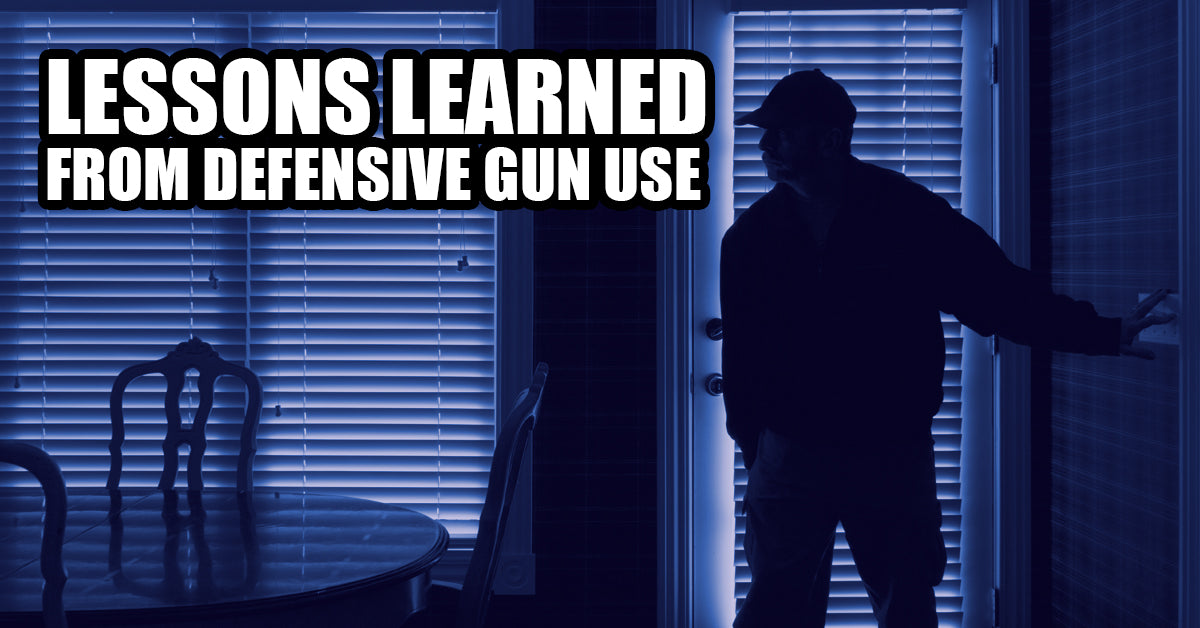
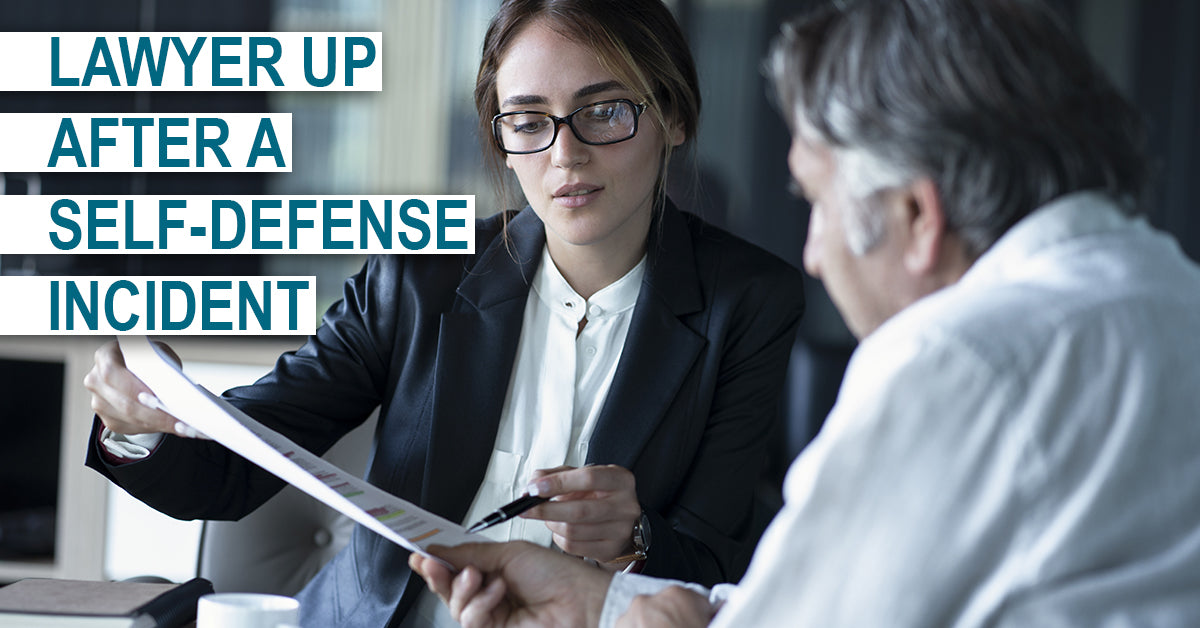
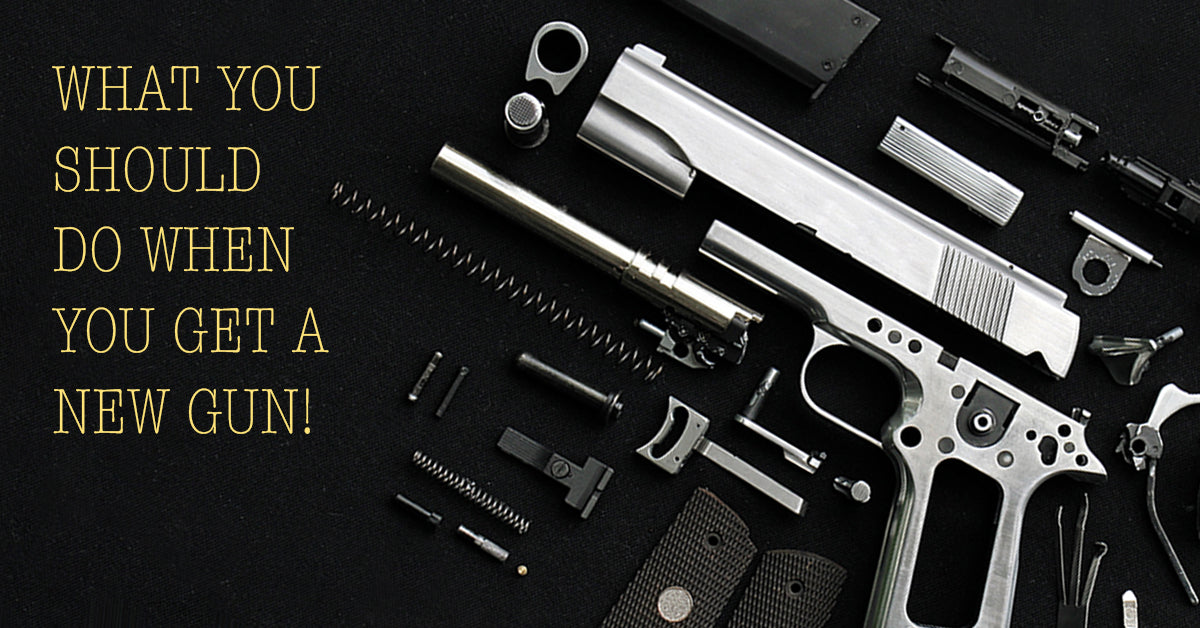
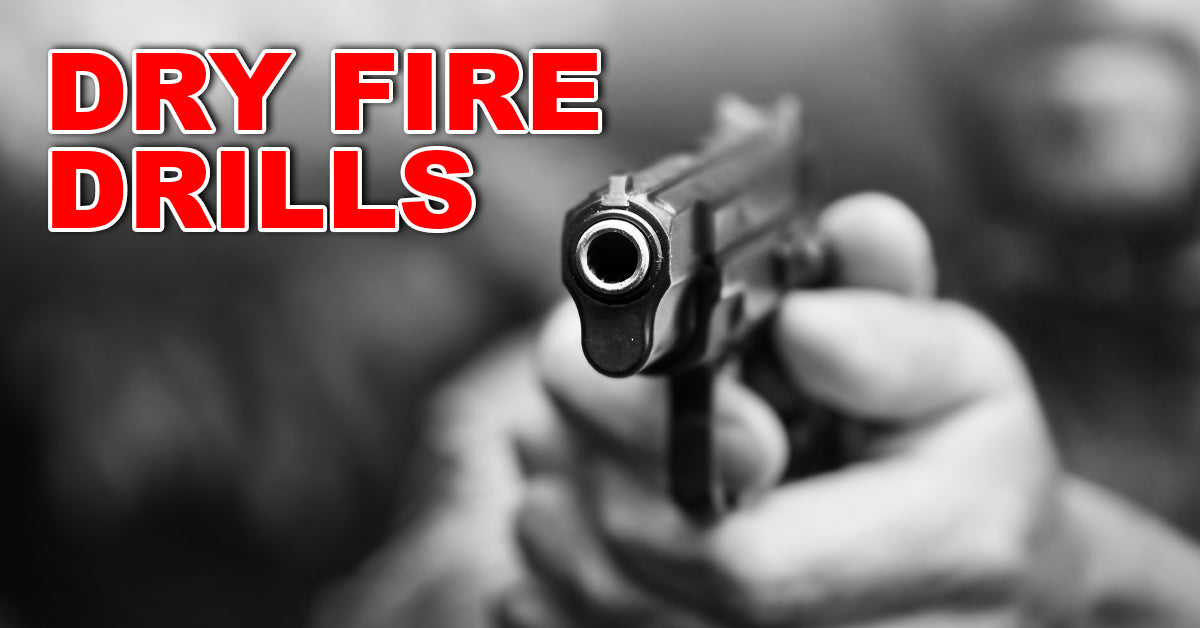
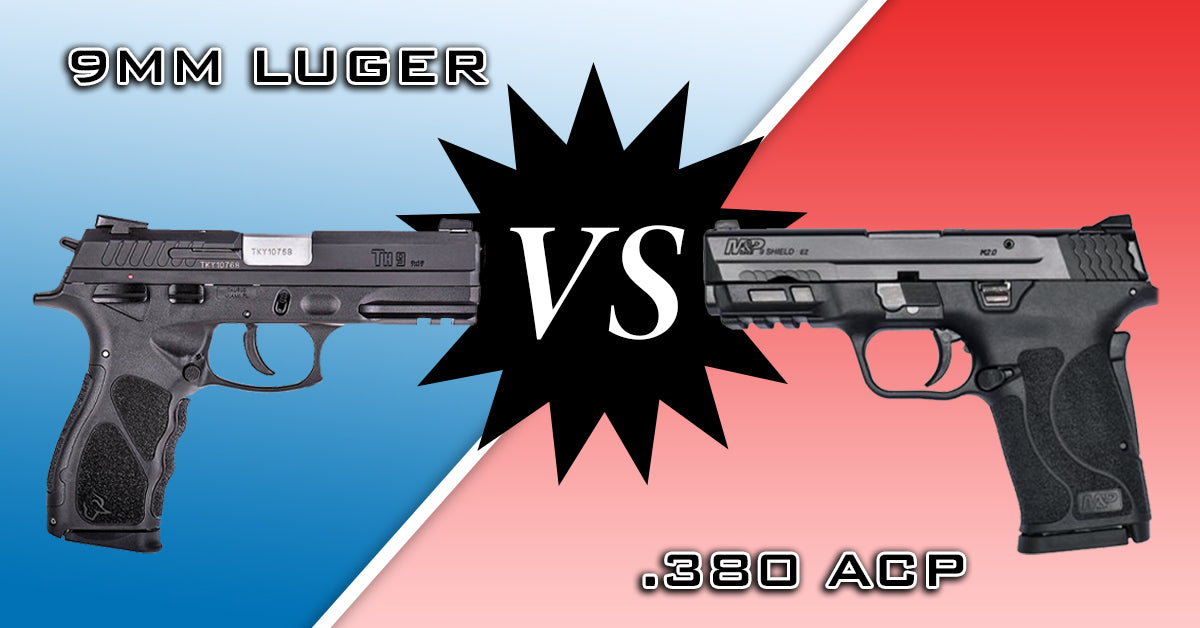
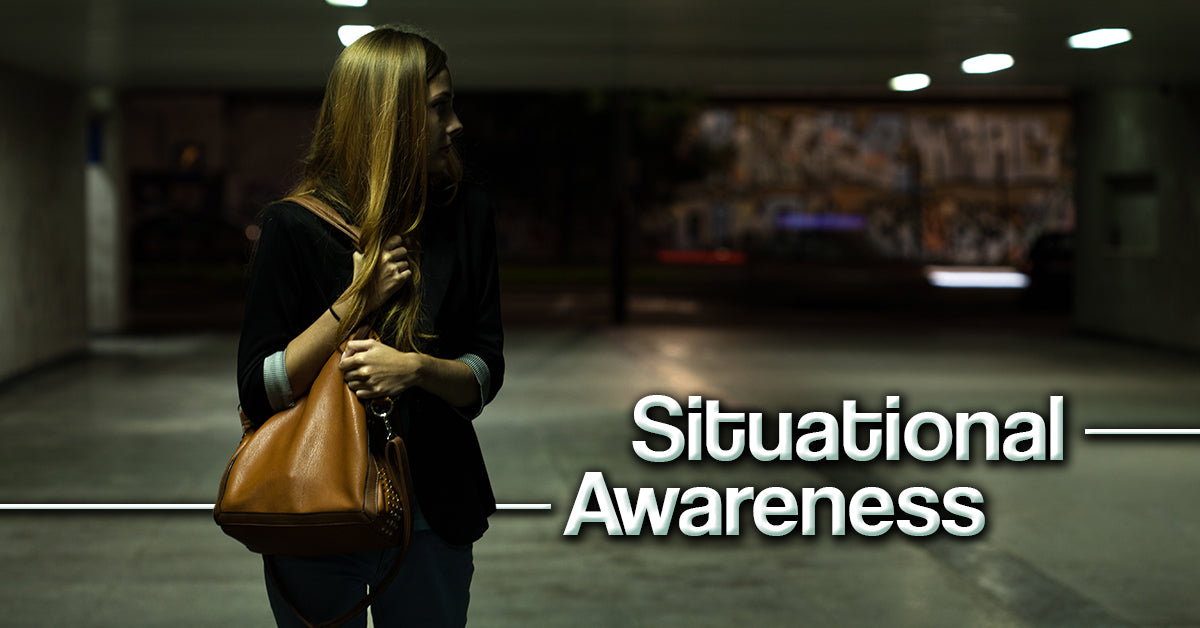
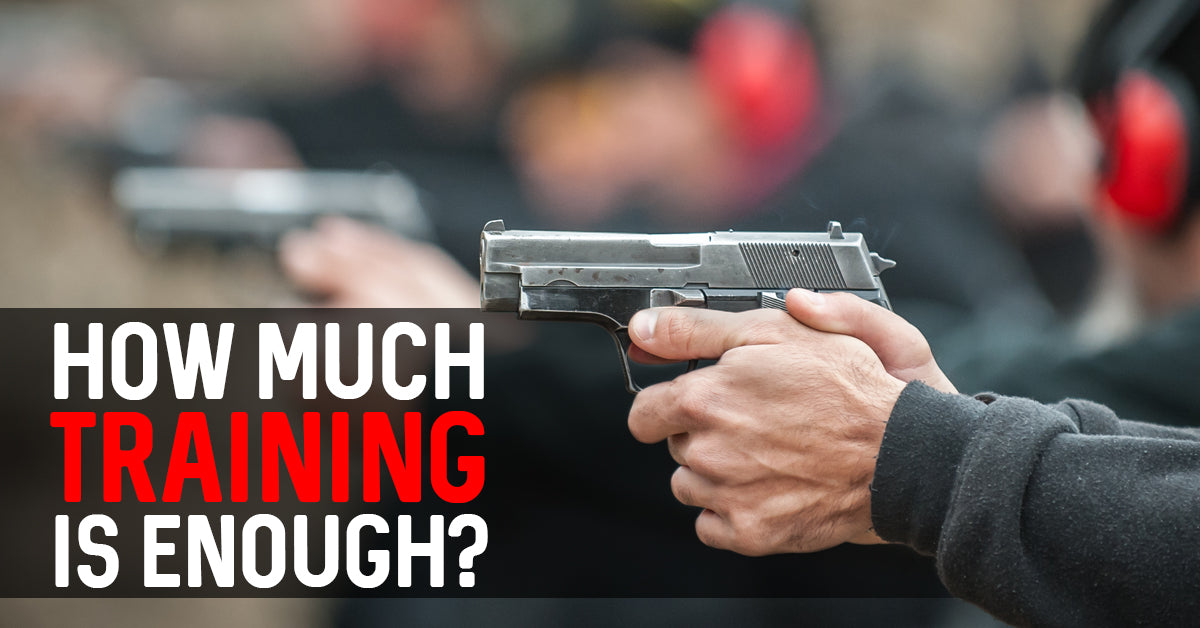

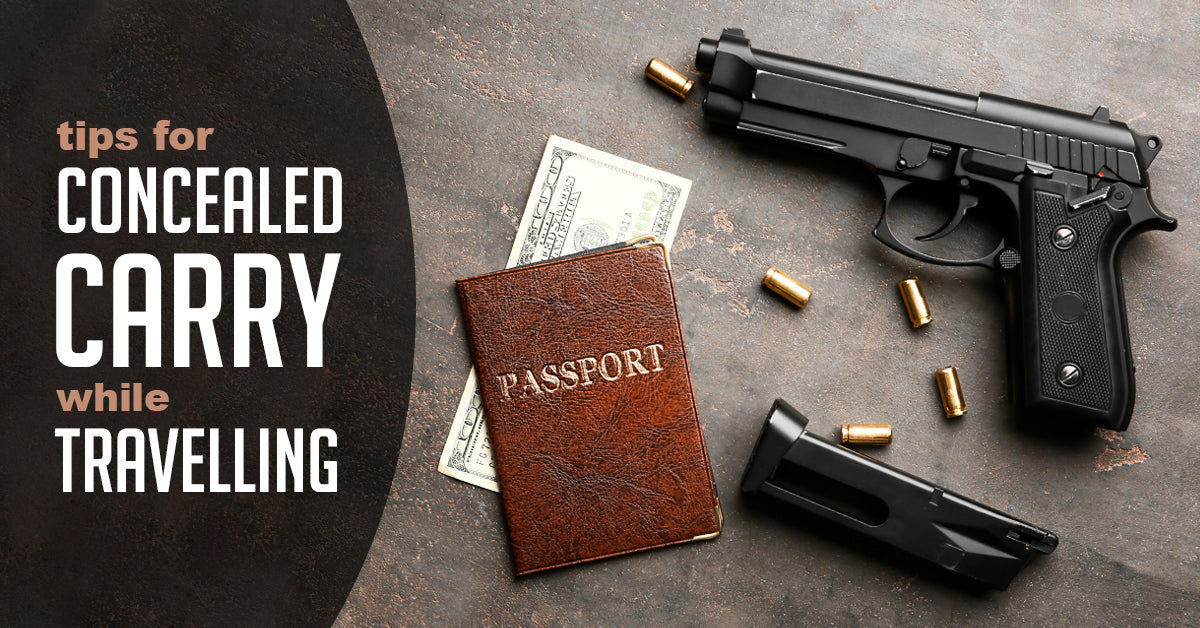
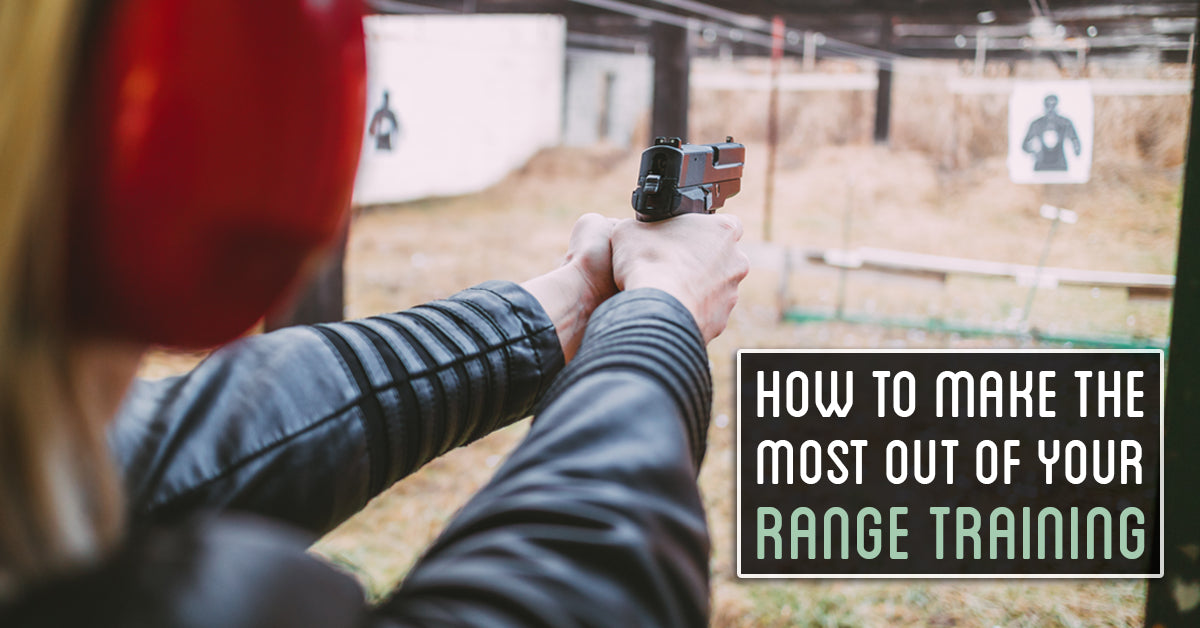
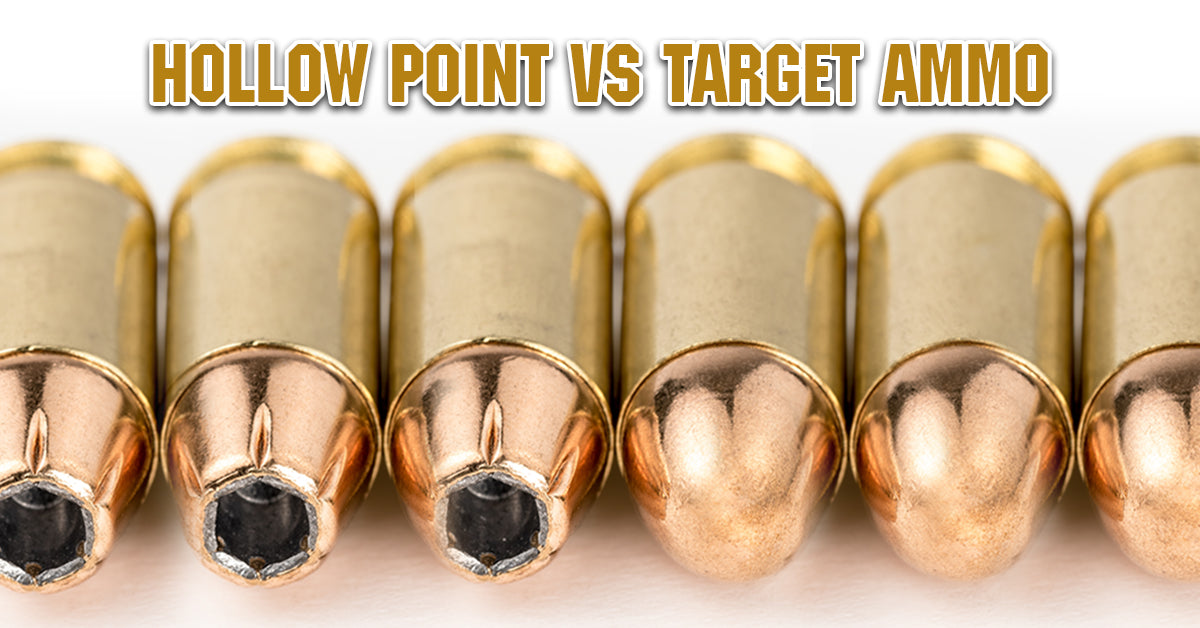
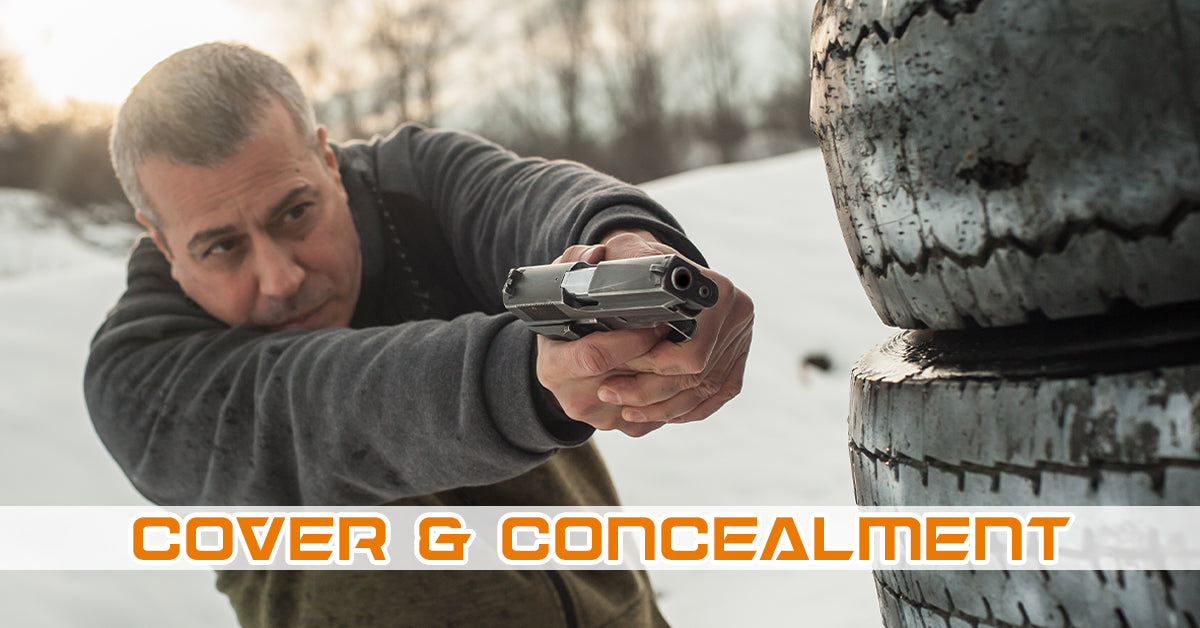

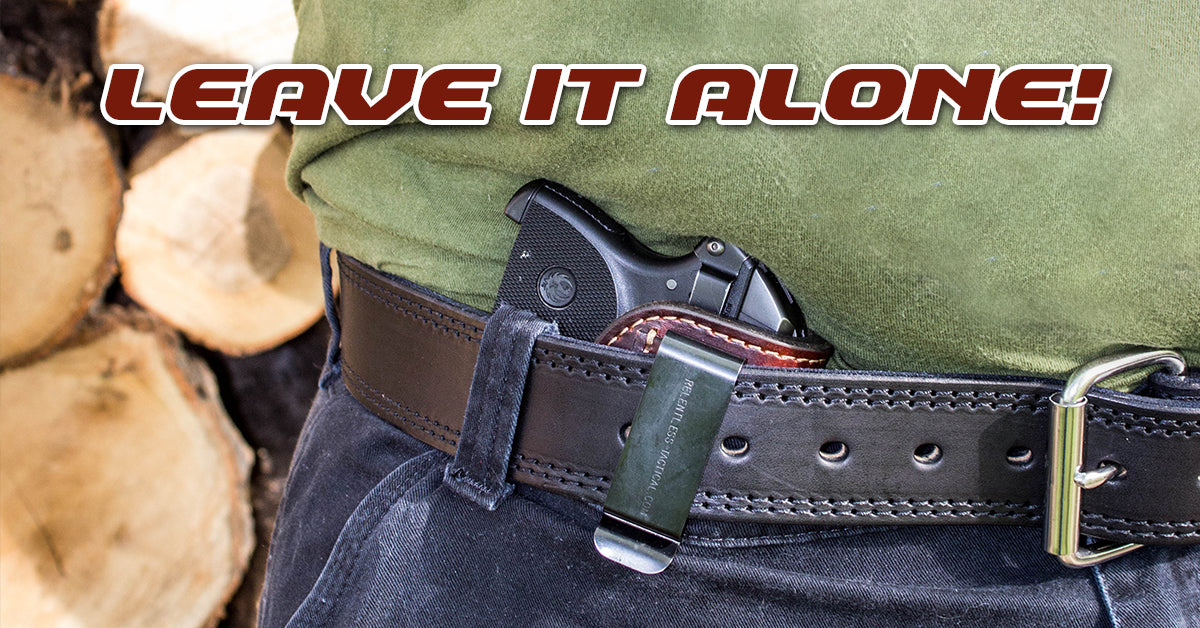
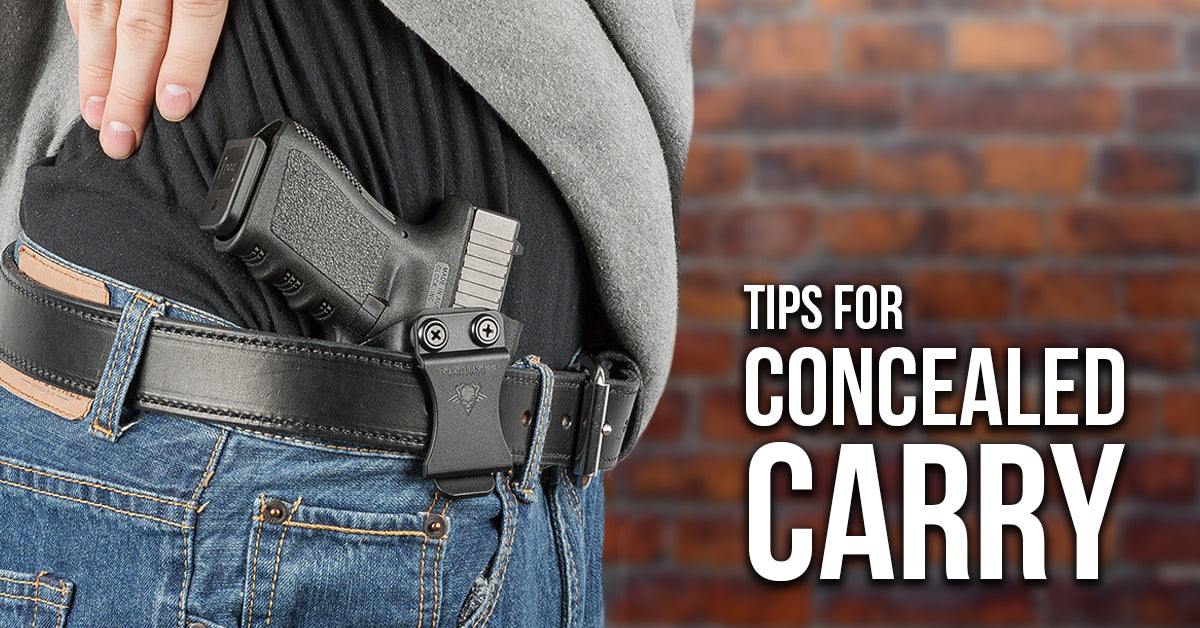
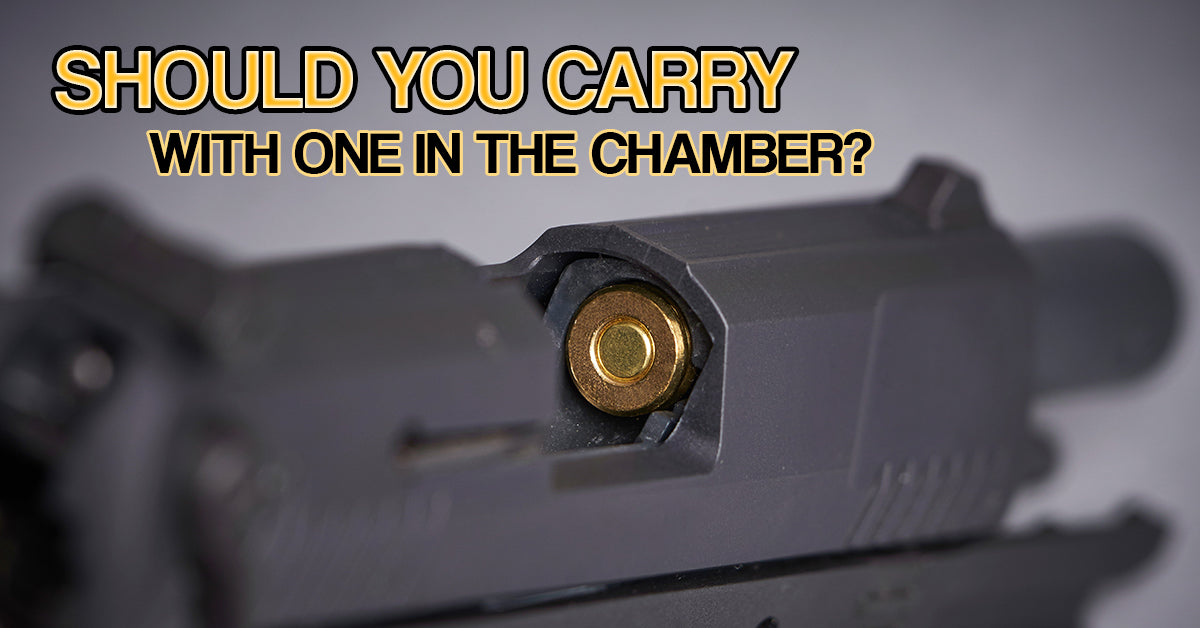
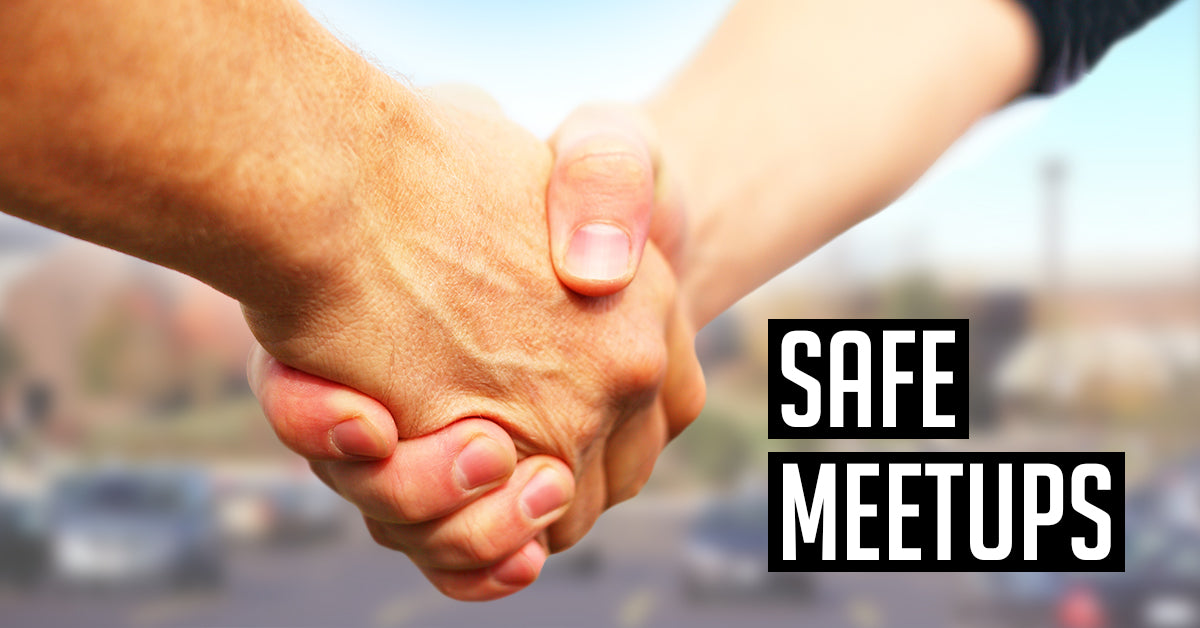
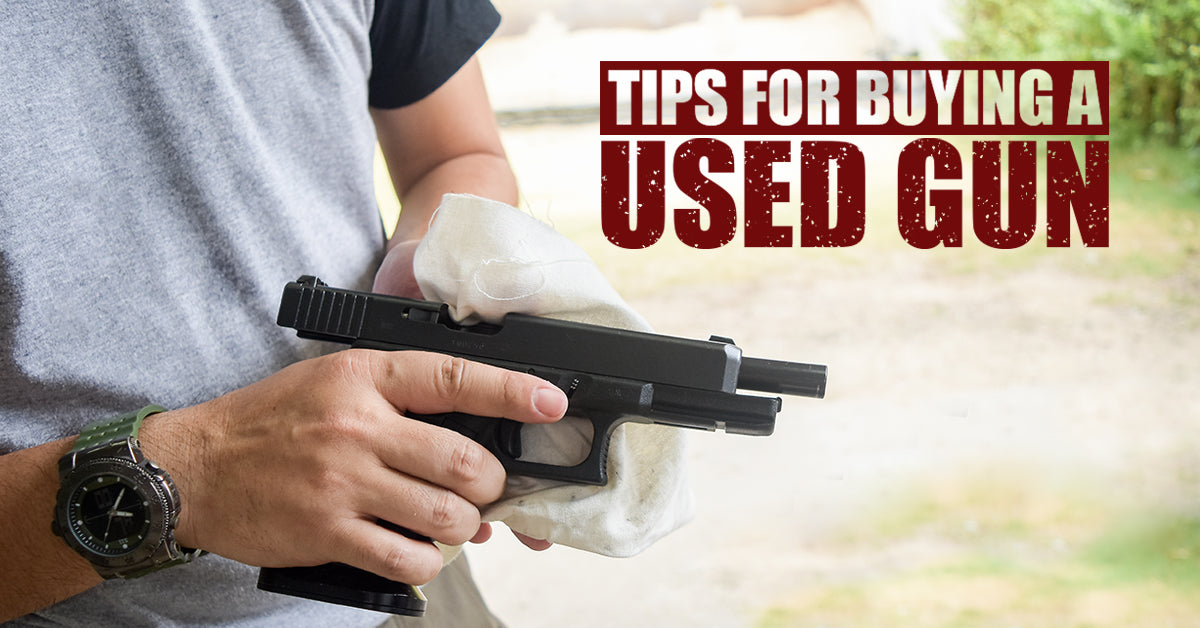
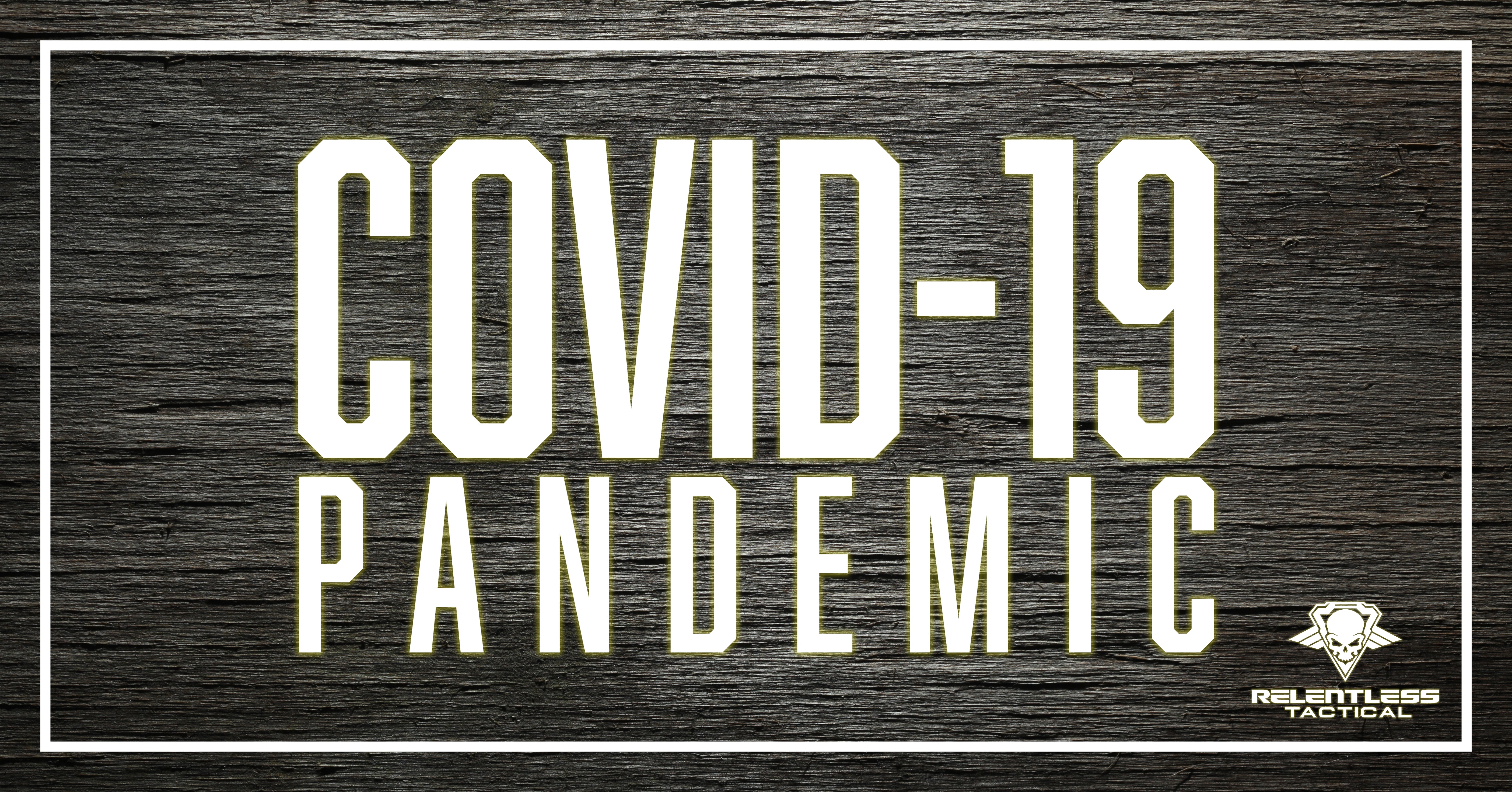
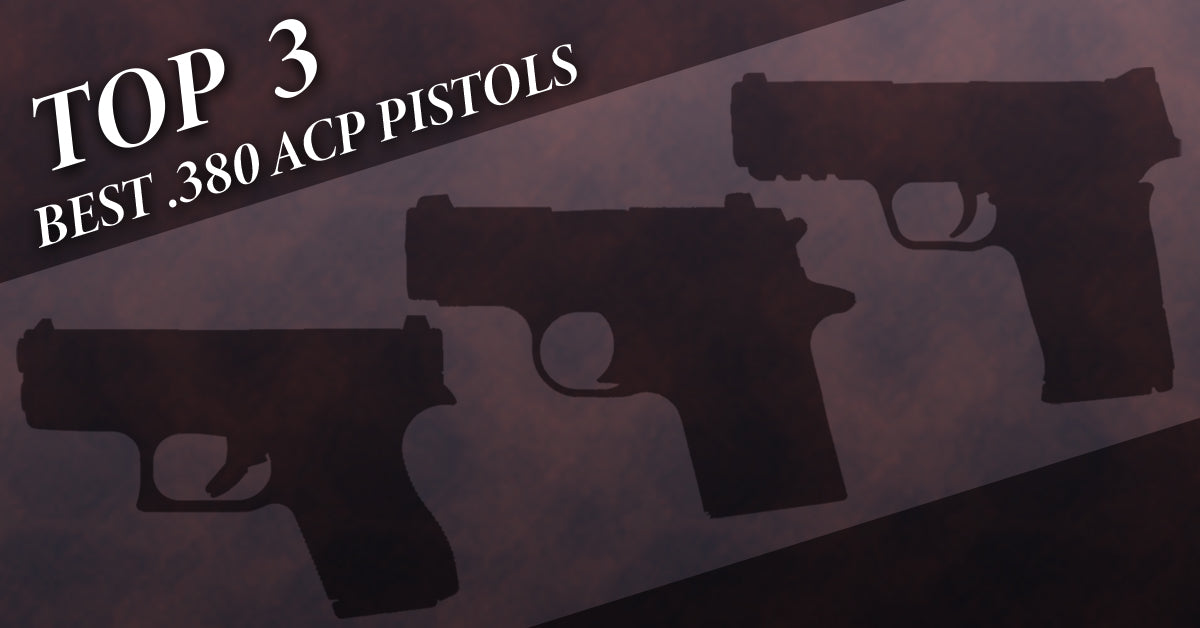
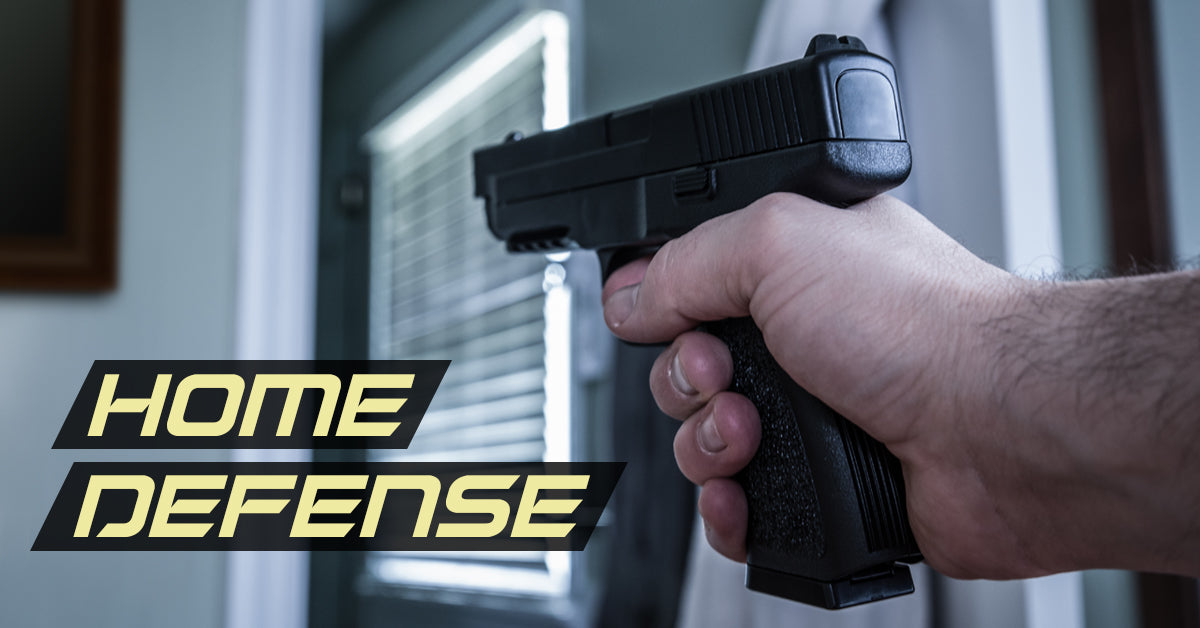
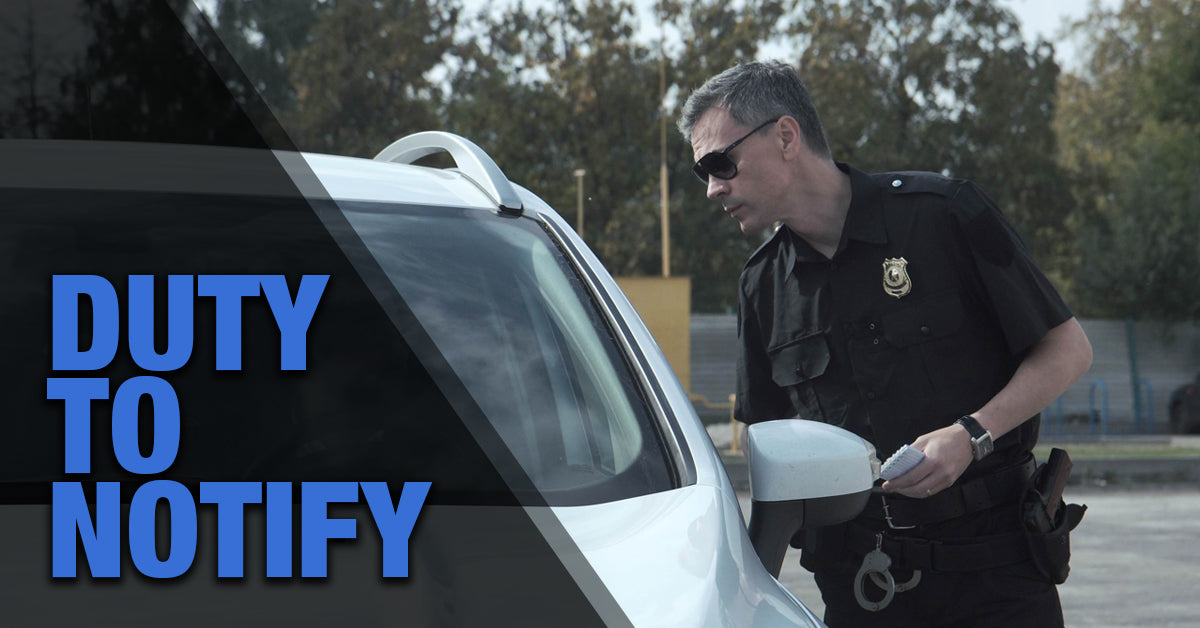
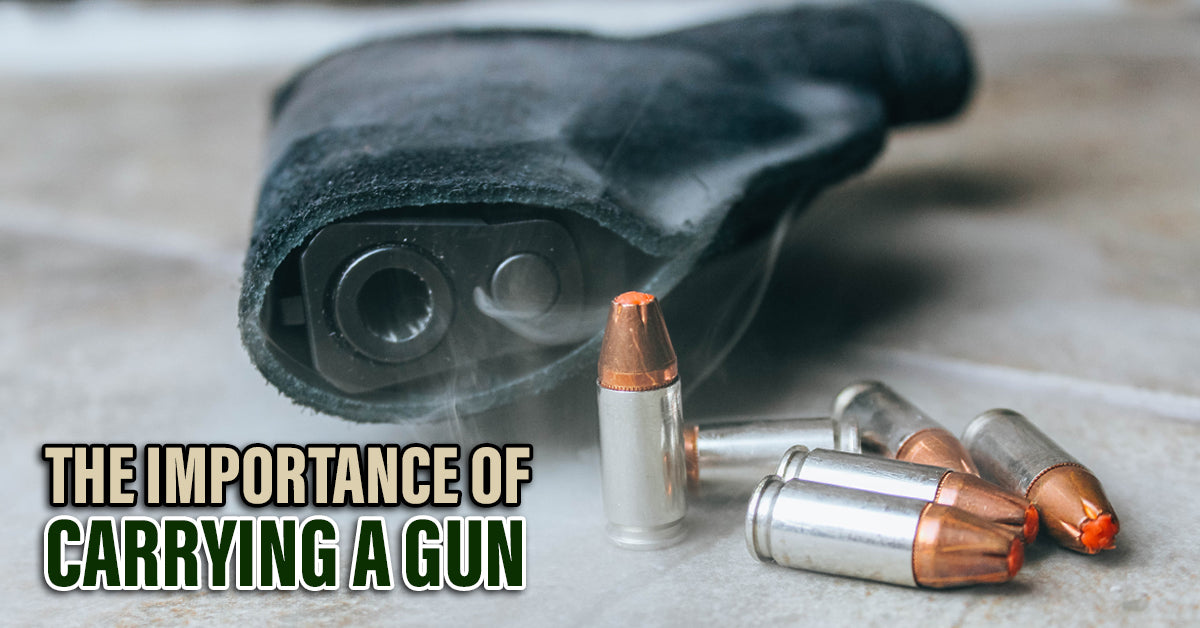
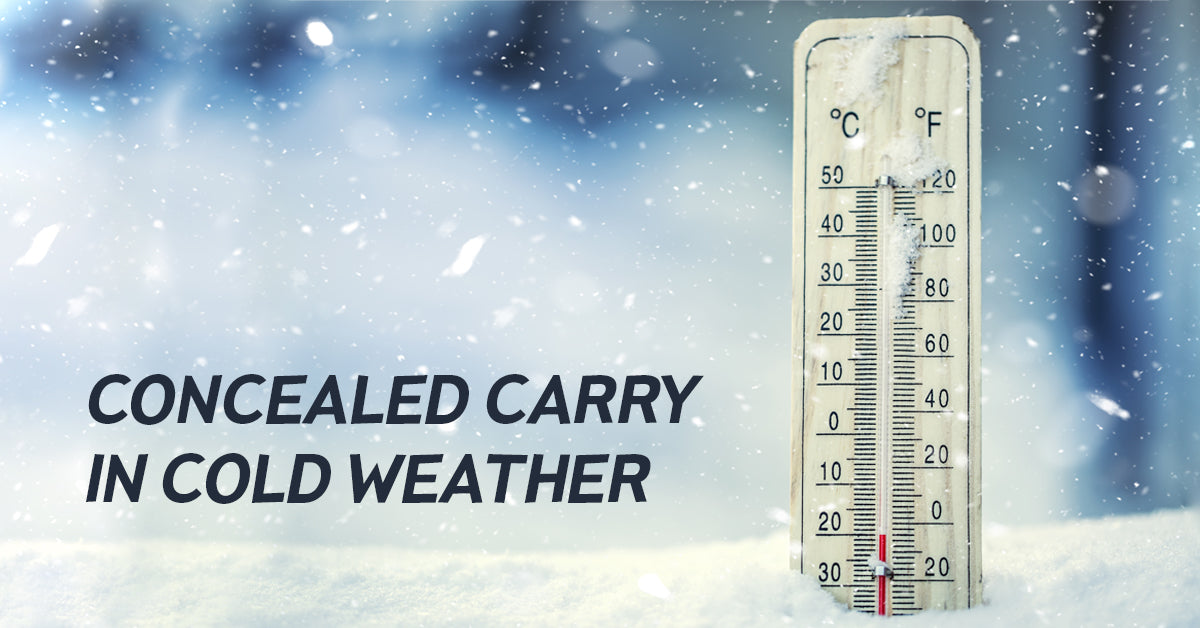
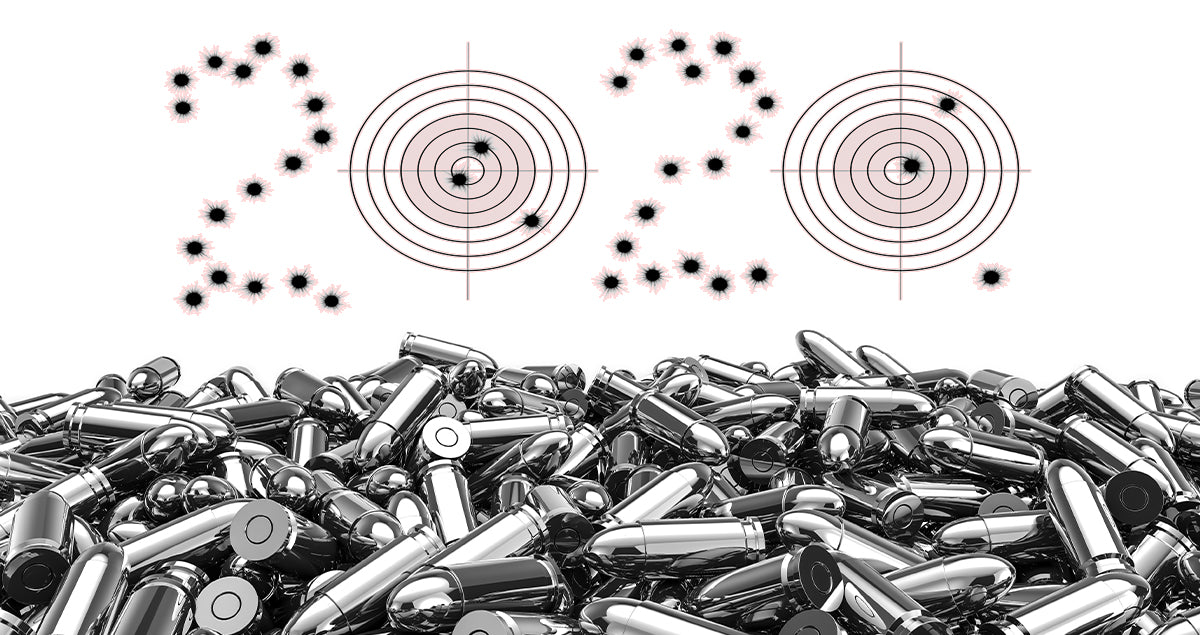

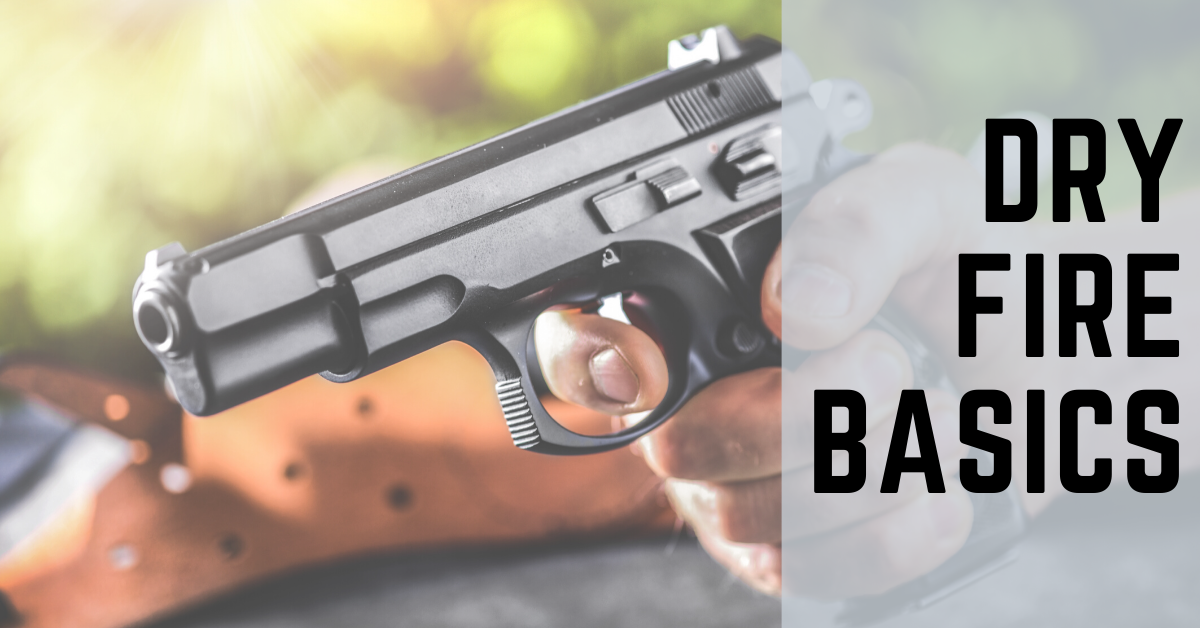
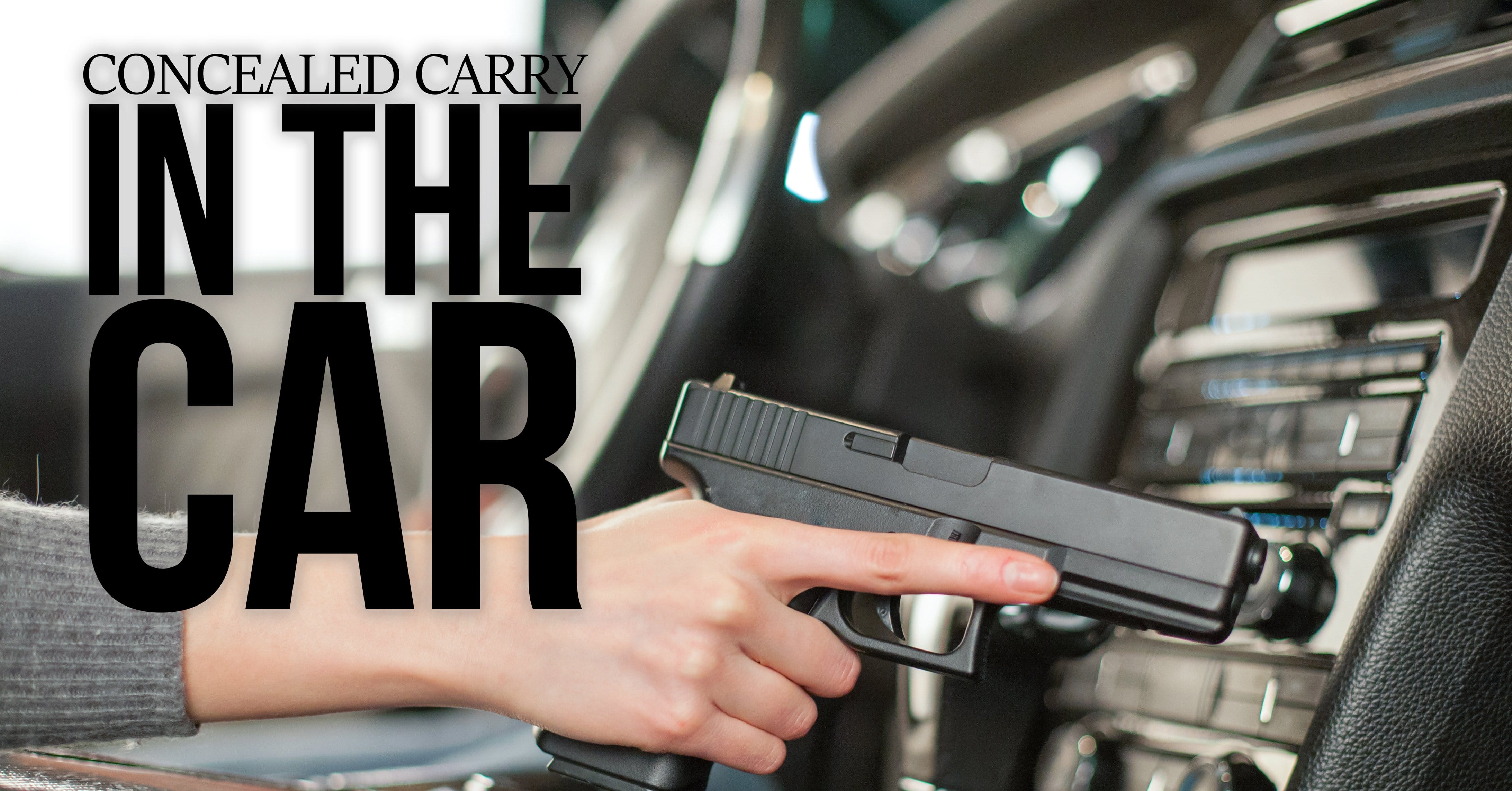
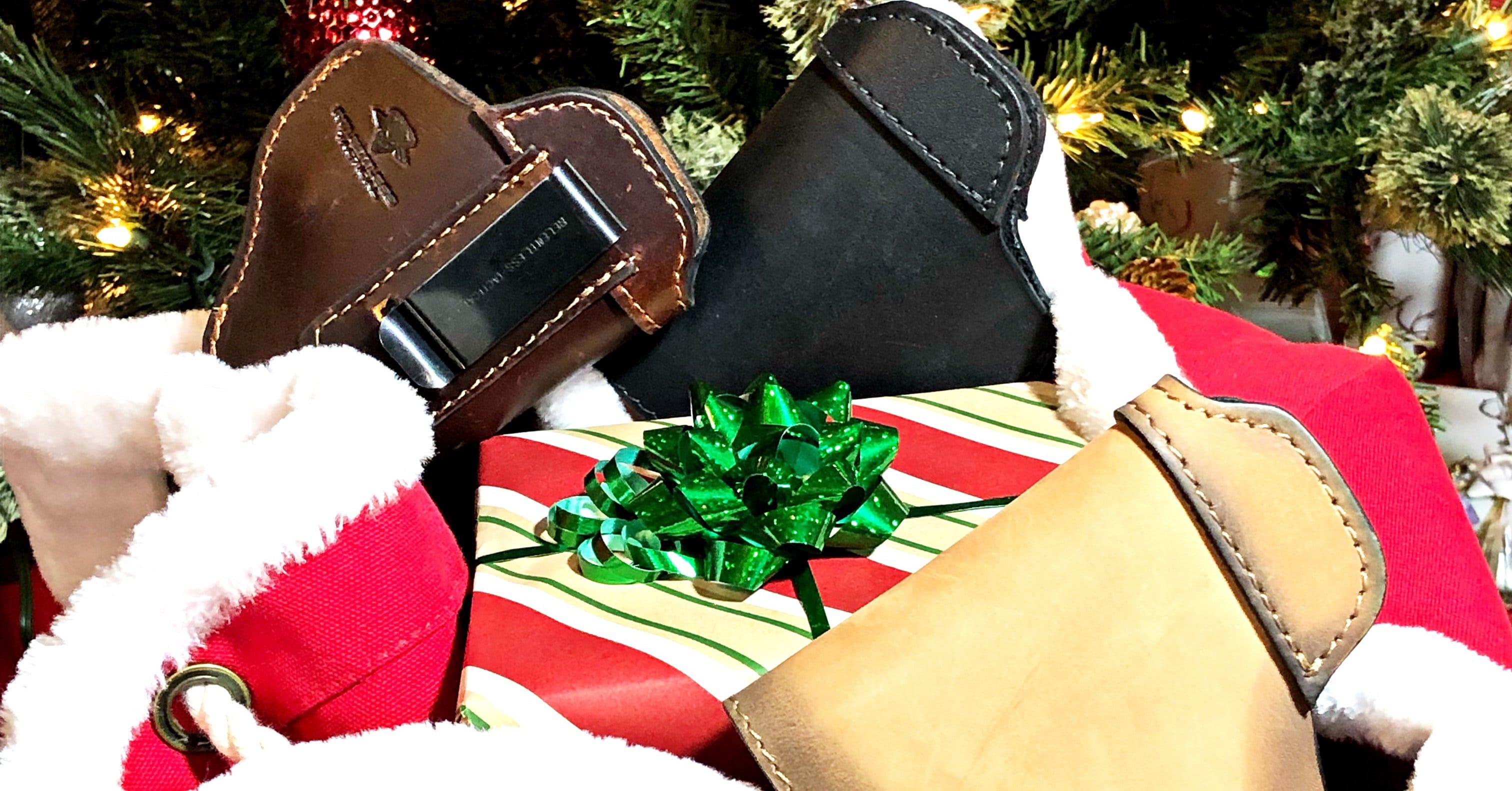
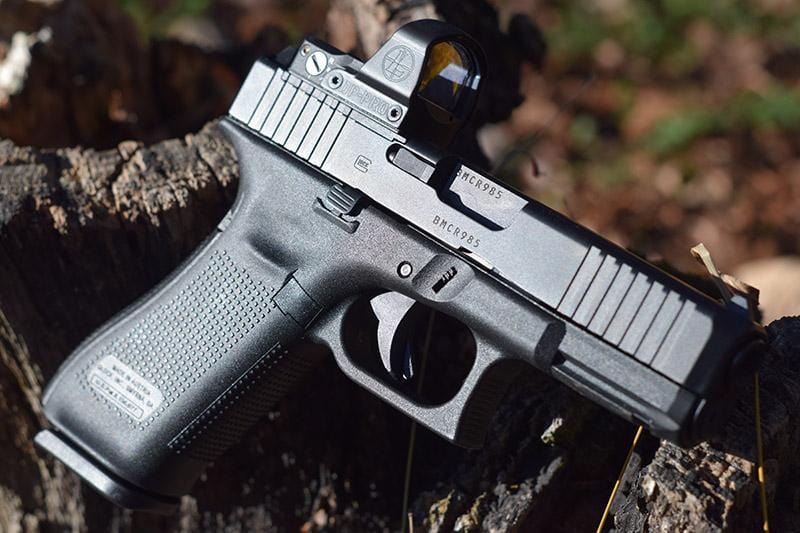

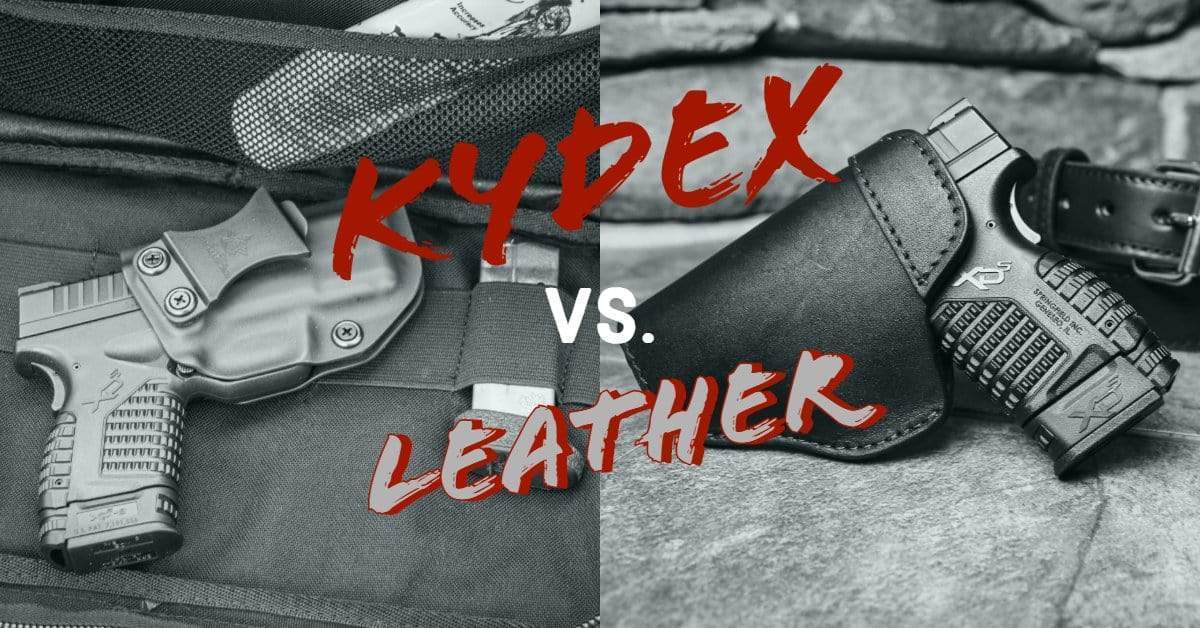
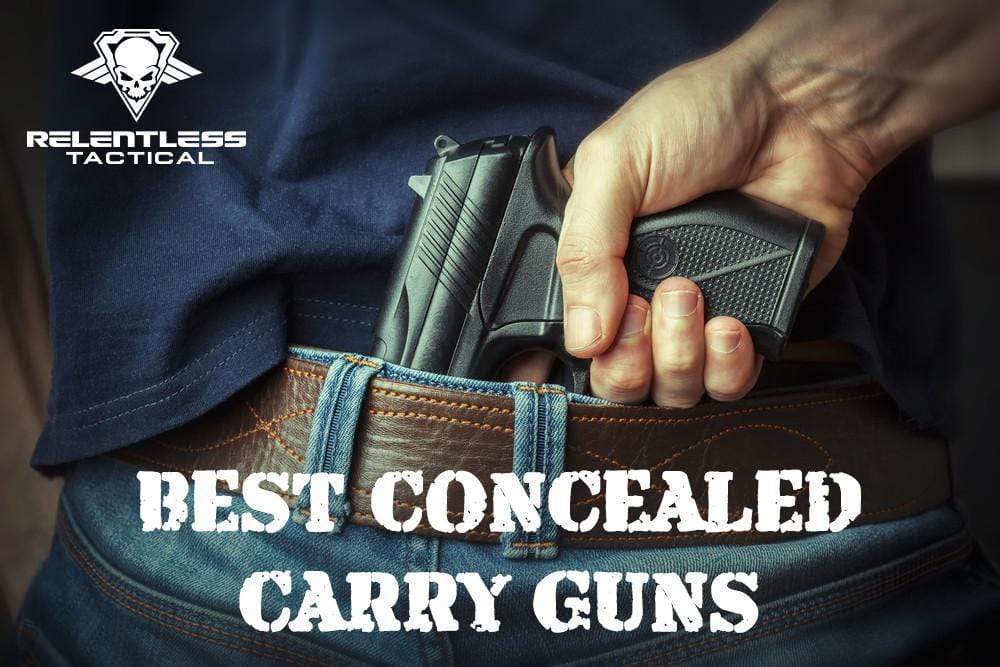
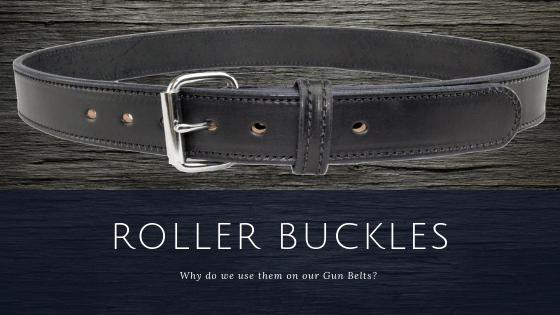
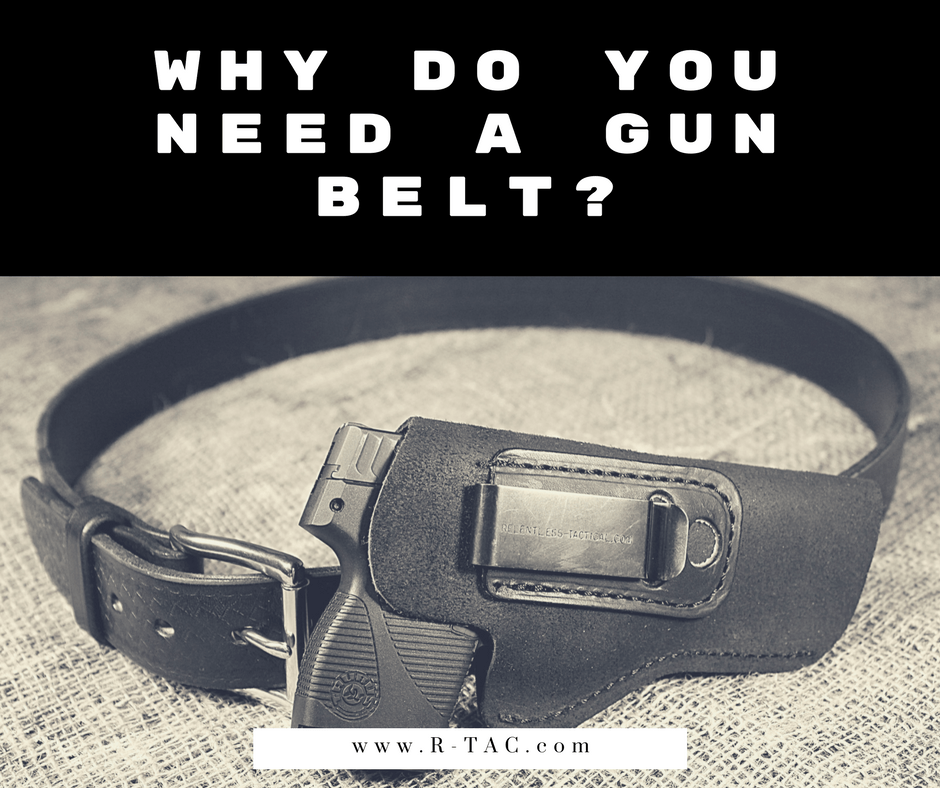
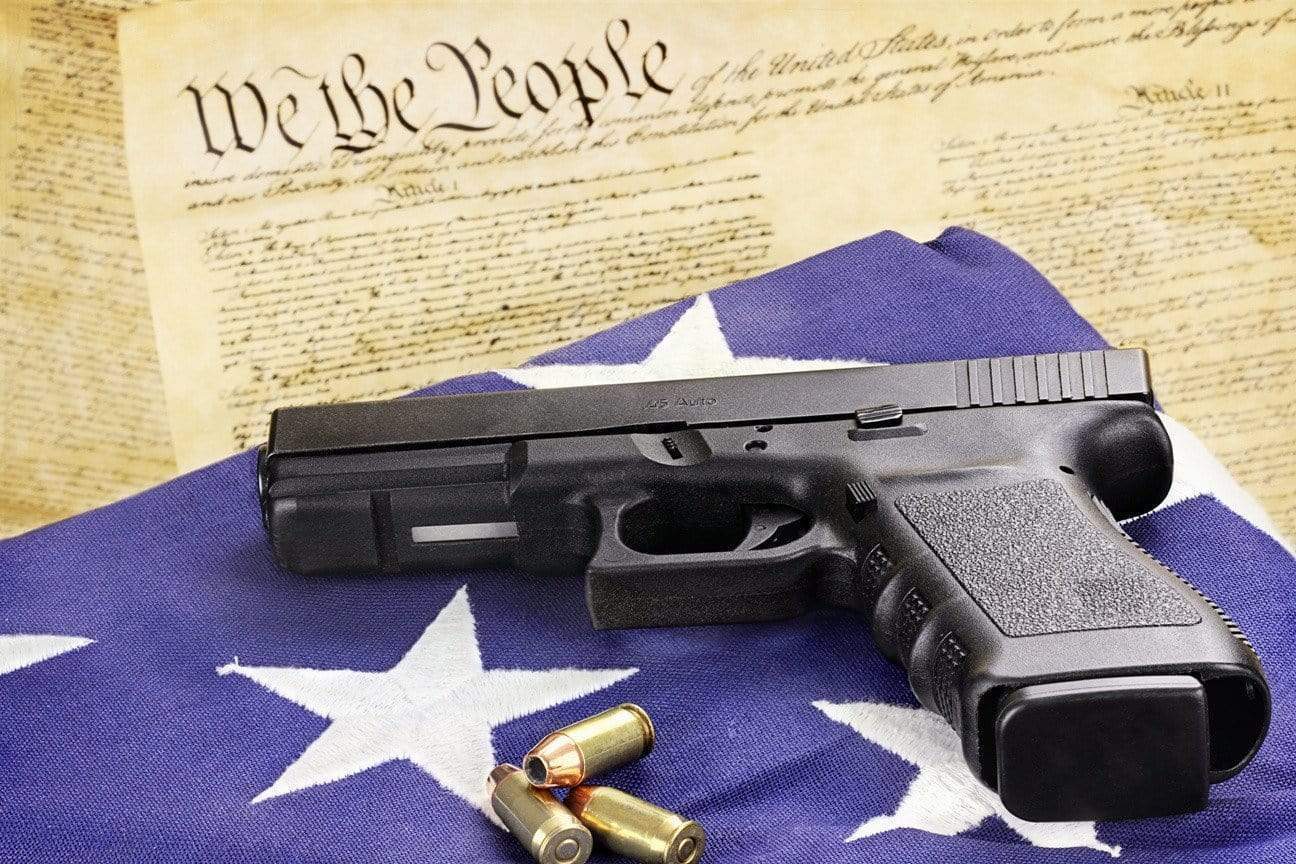
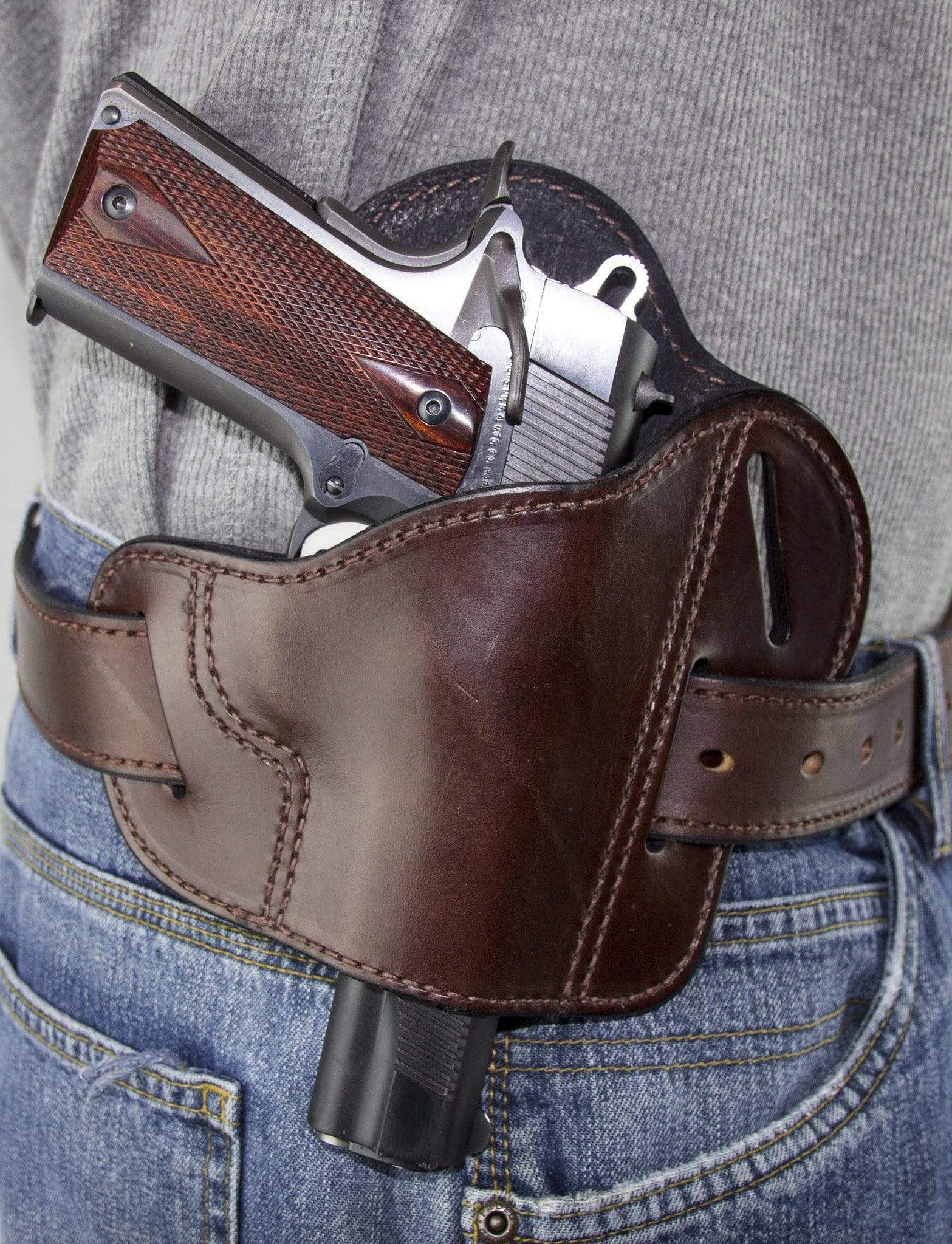

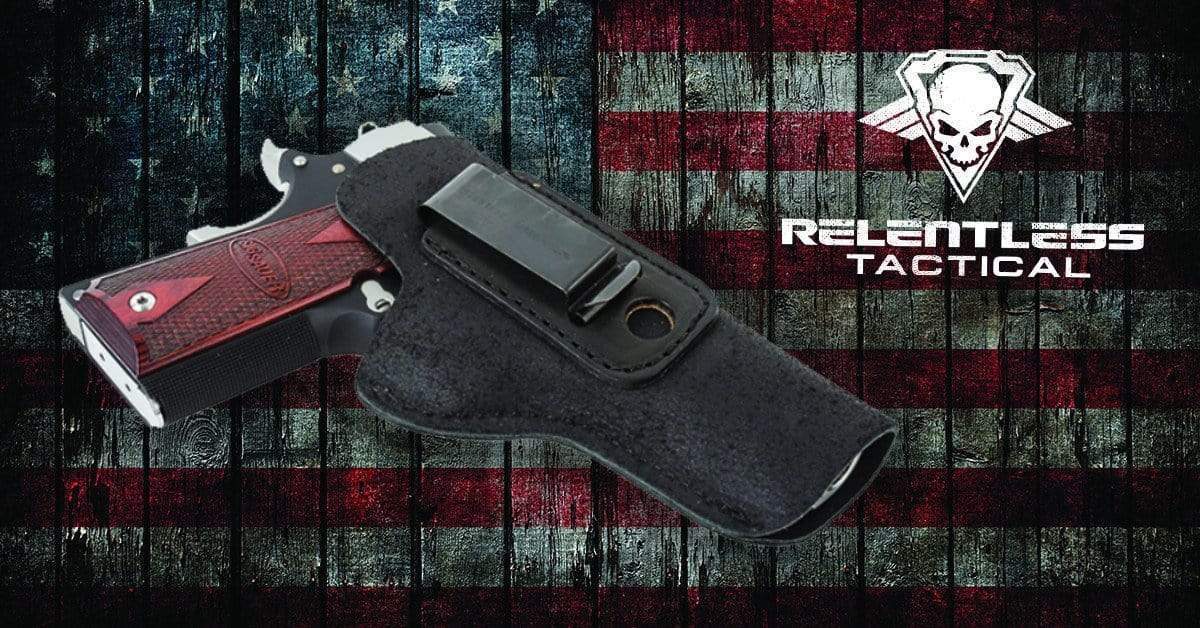
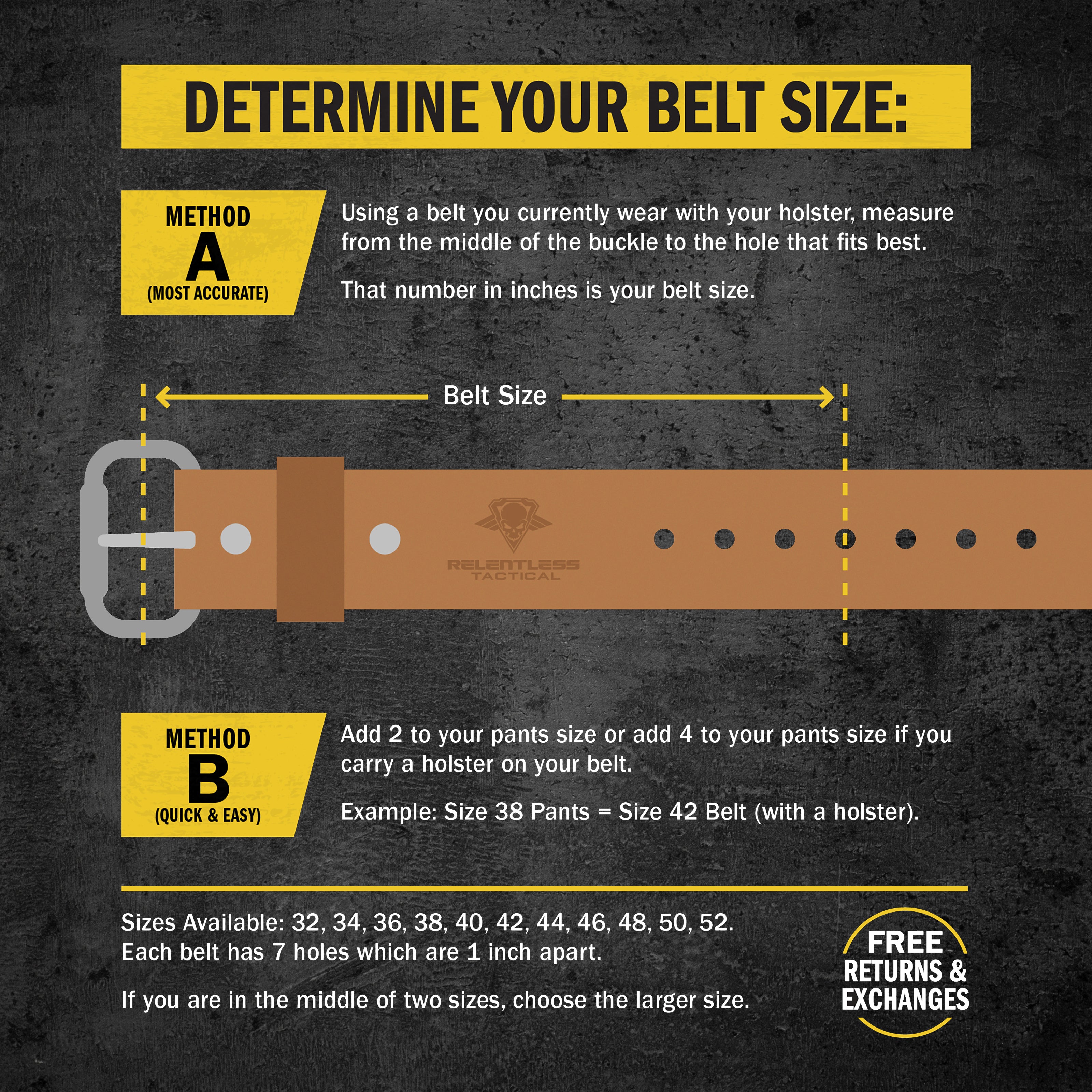
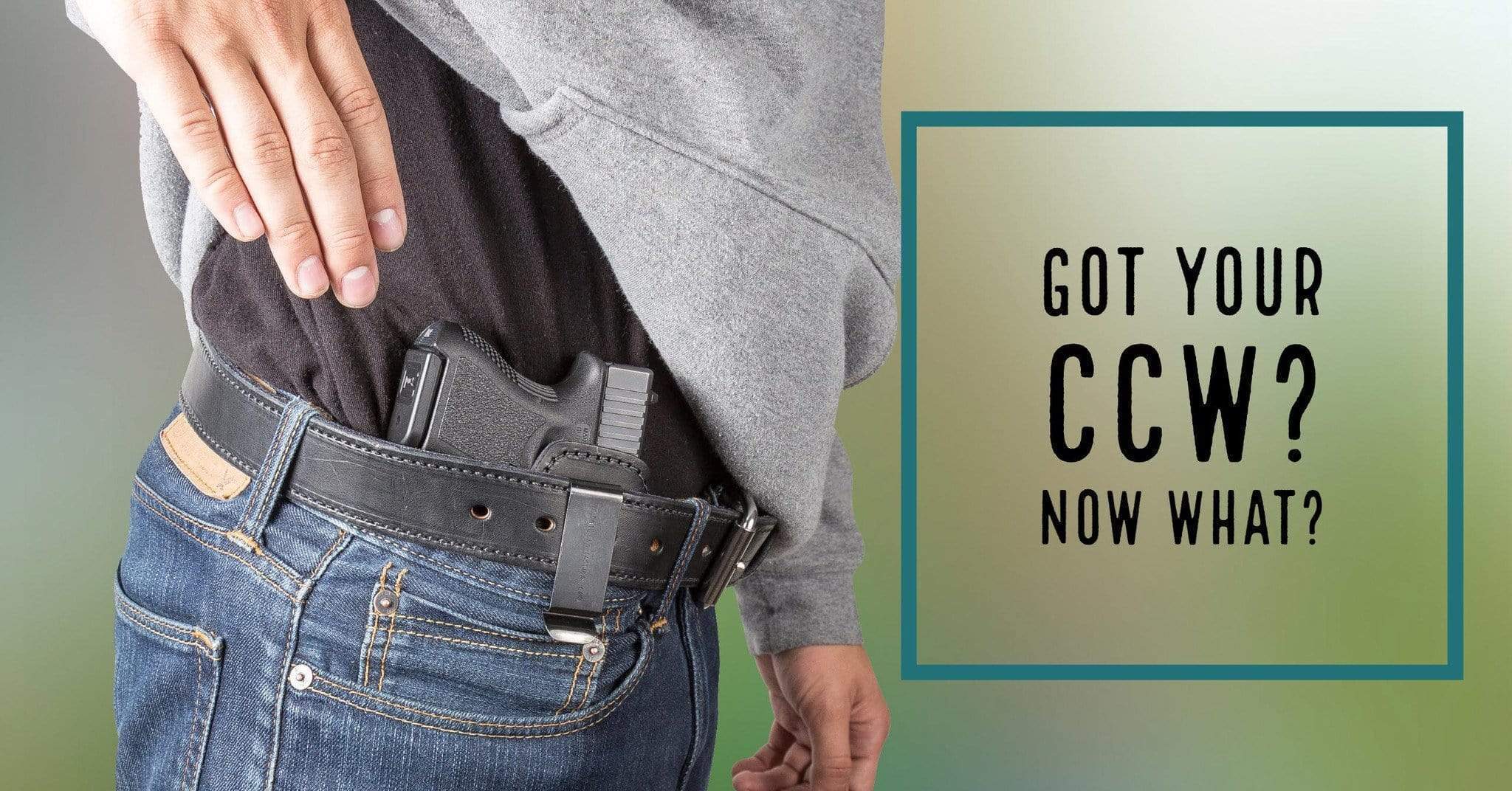
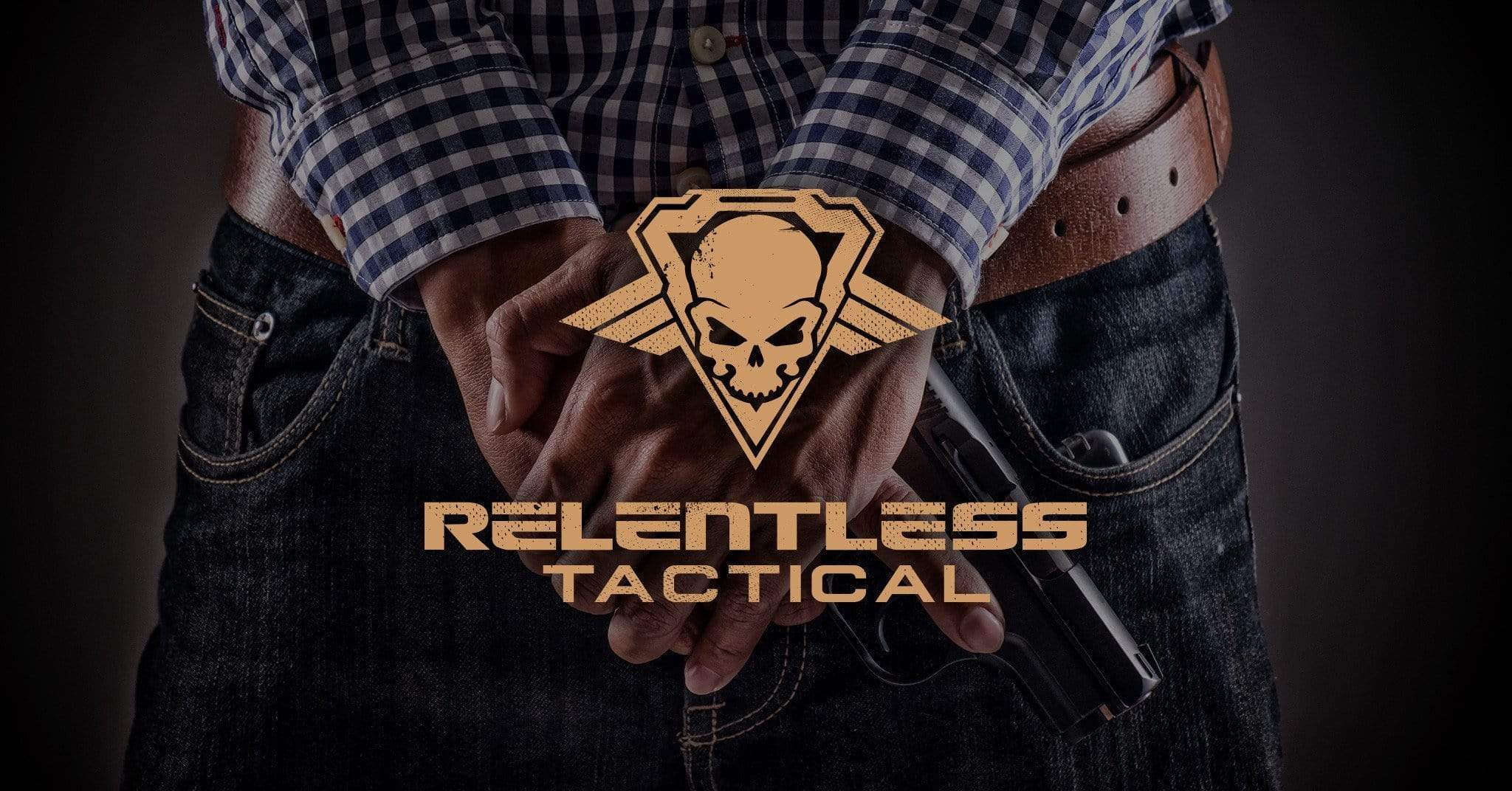
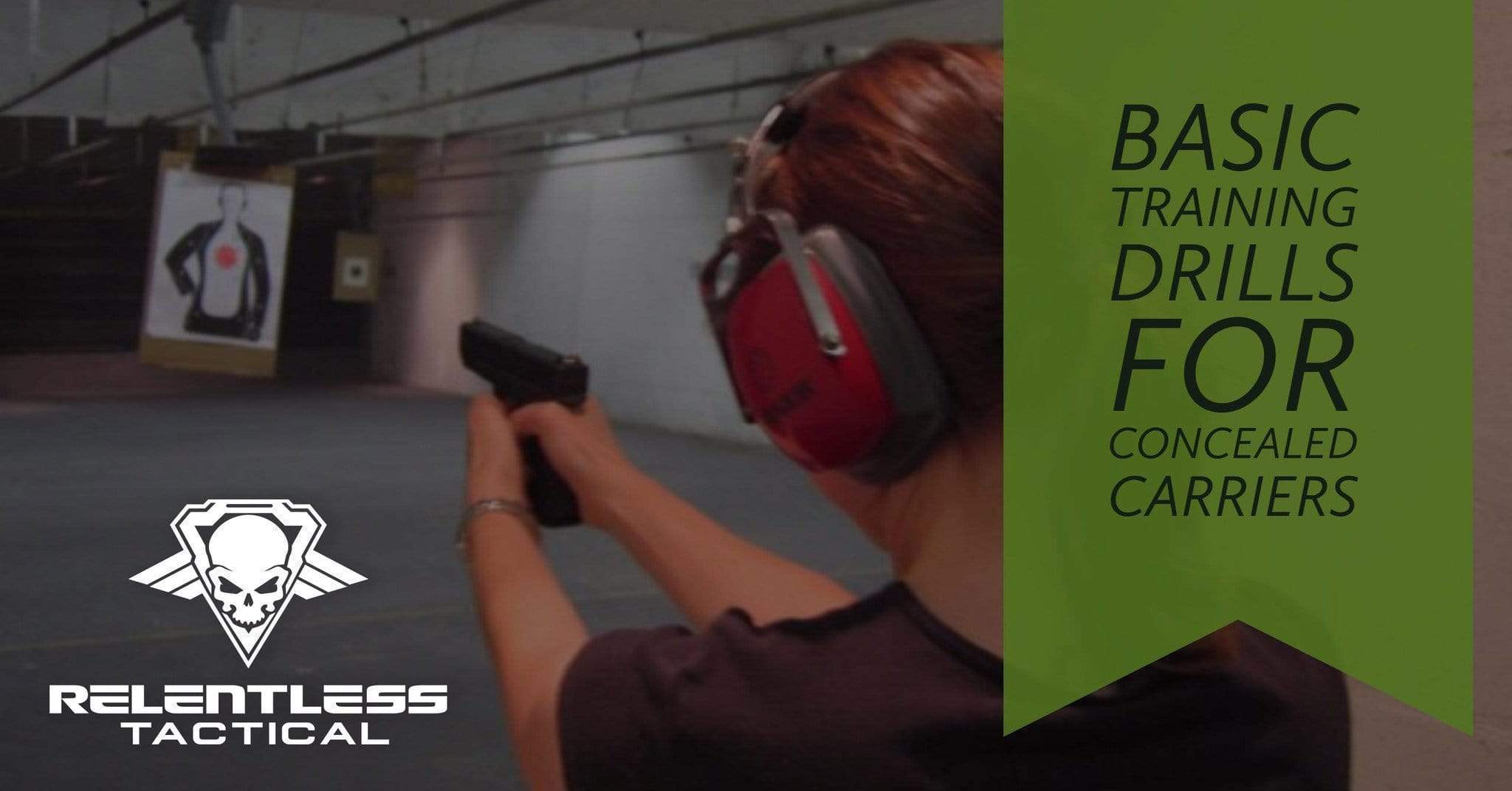

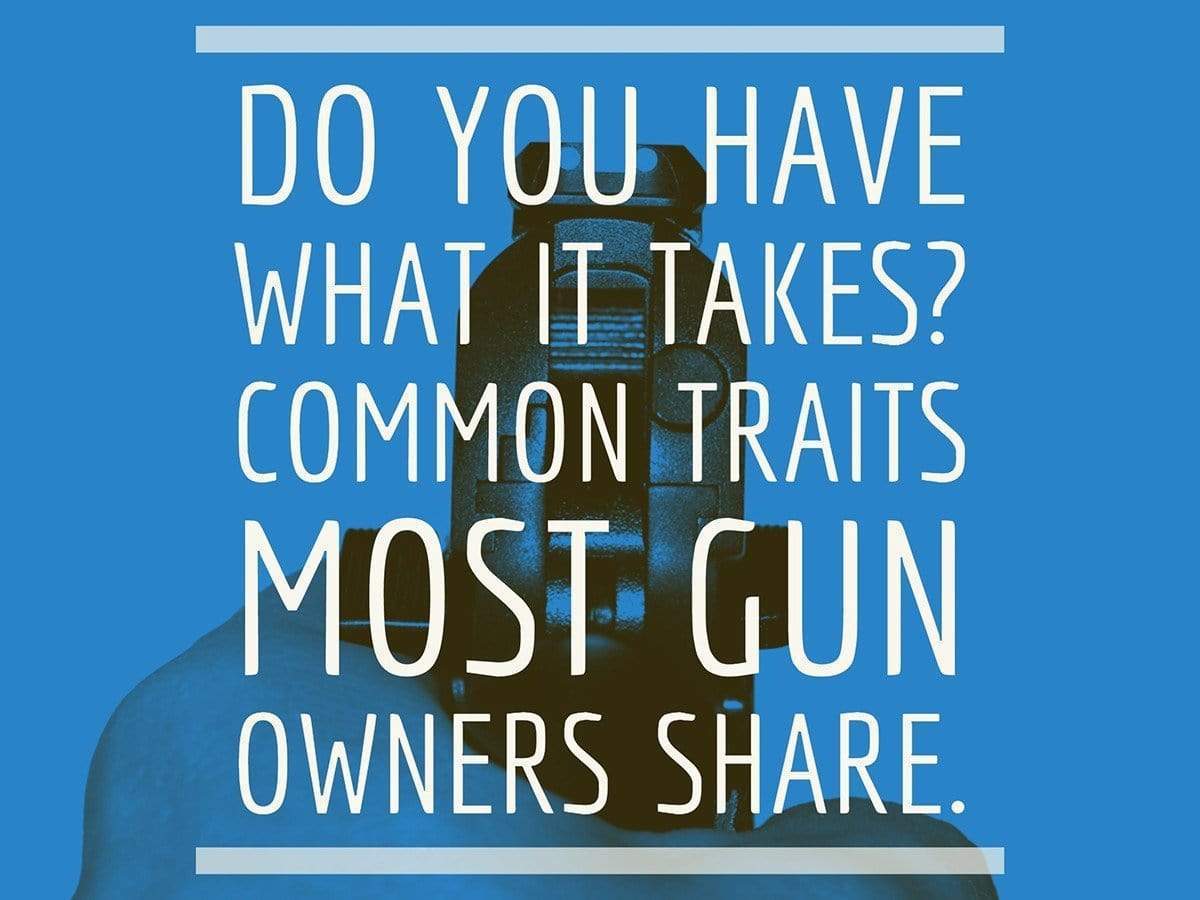
How about making a holster that fits in your pants pocket, so you don’t have to keep your shirt untucked
There is one factor that was not discussed in this article. The fact that when in a high stress situation your body draws blood back to your core. This will cause some loss of feeling in your extremities, thus another reason to create as much contact with your grips as possible. I am 100% in agreement with the grip described though.